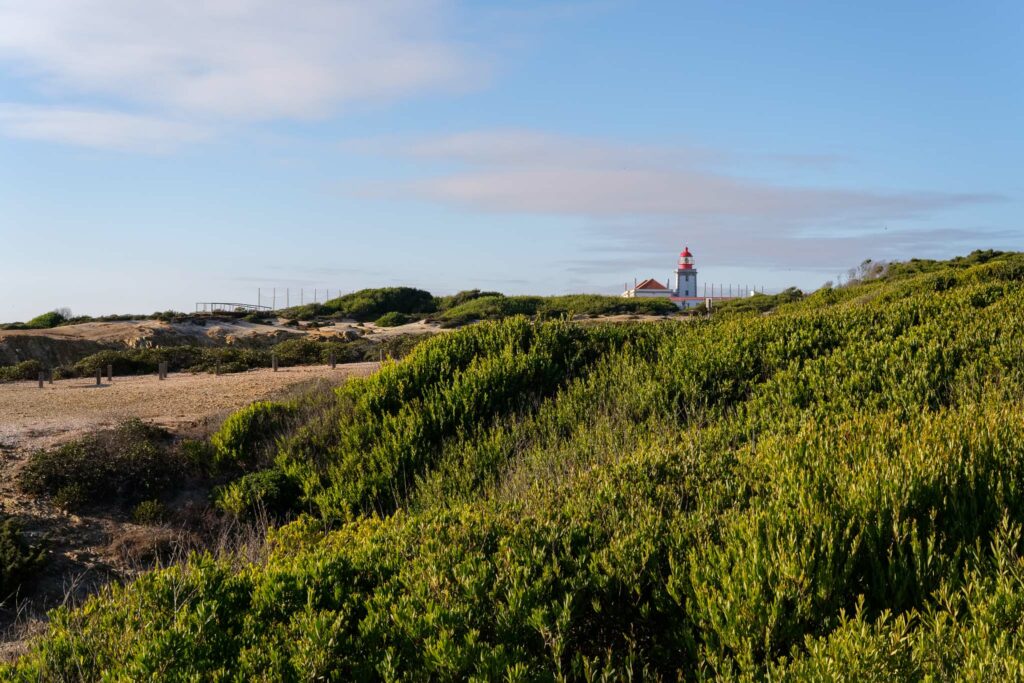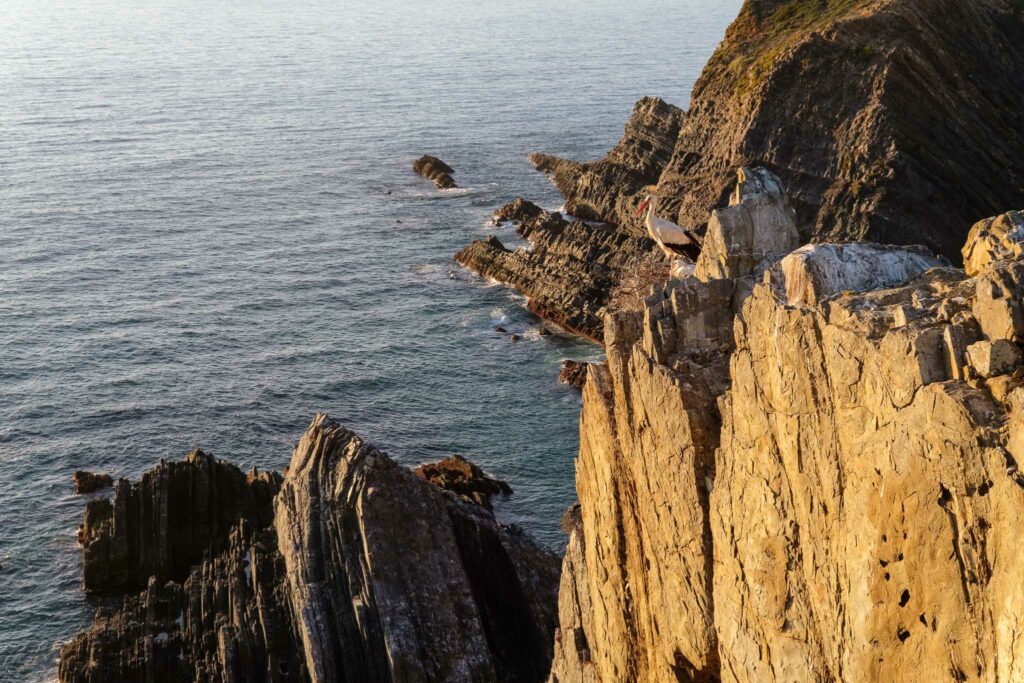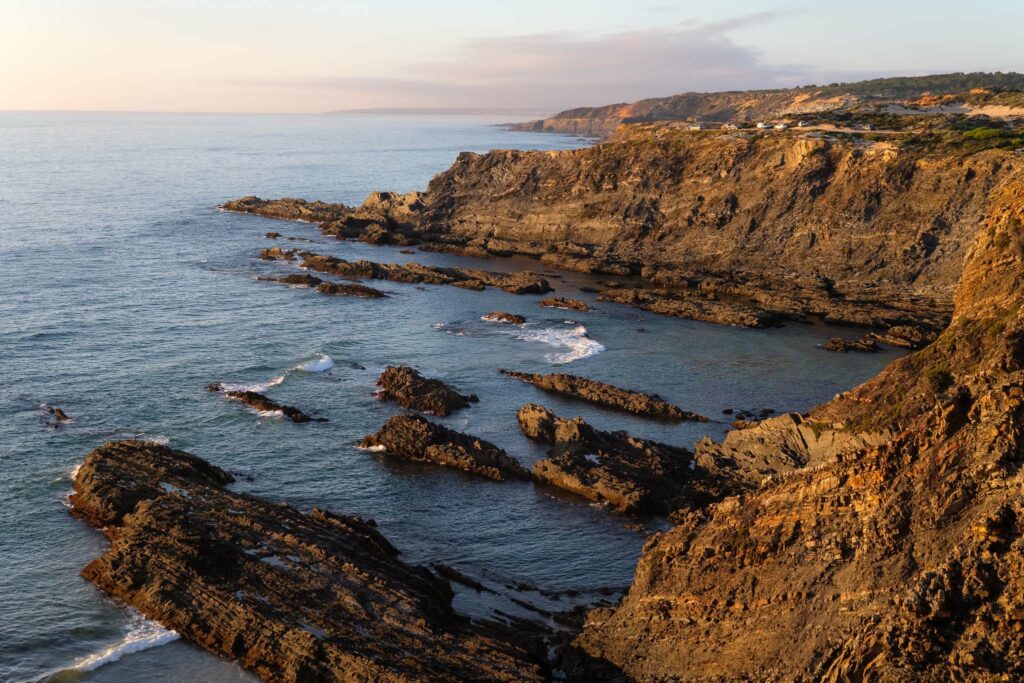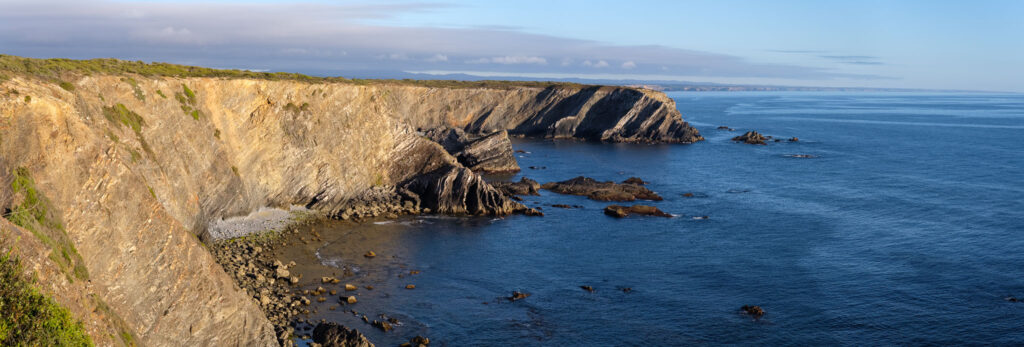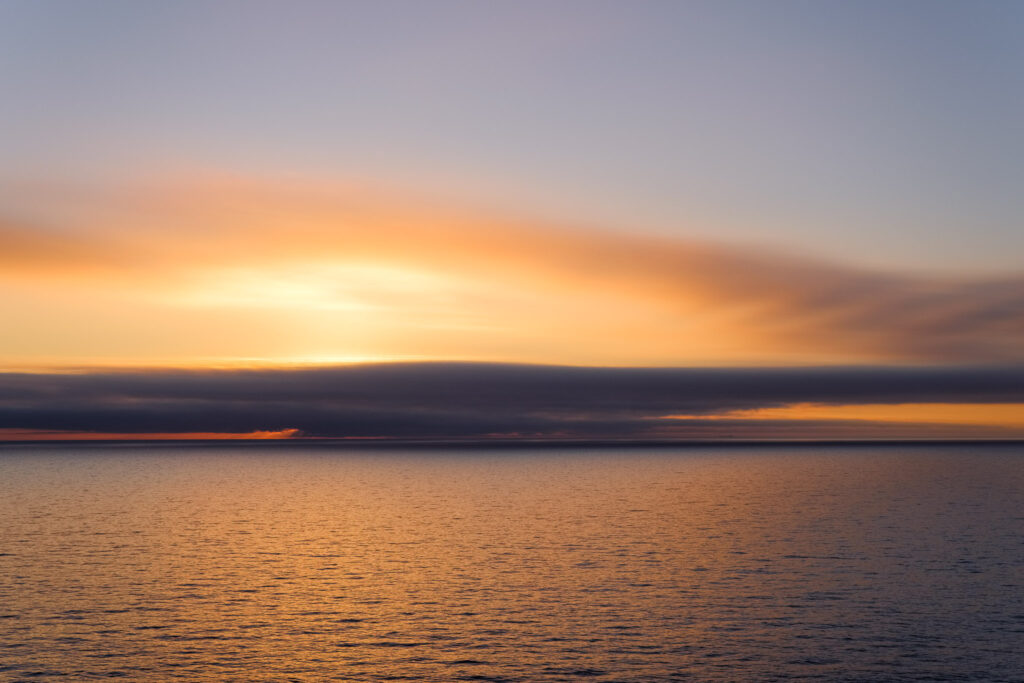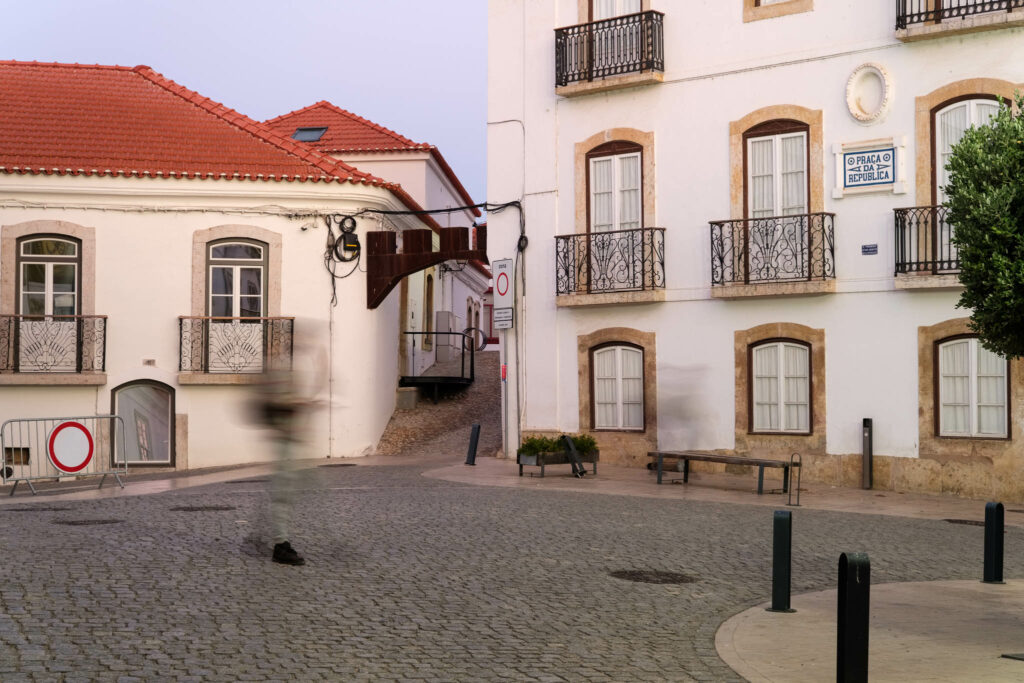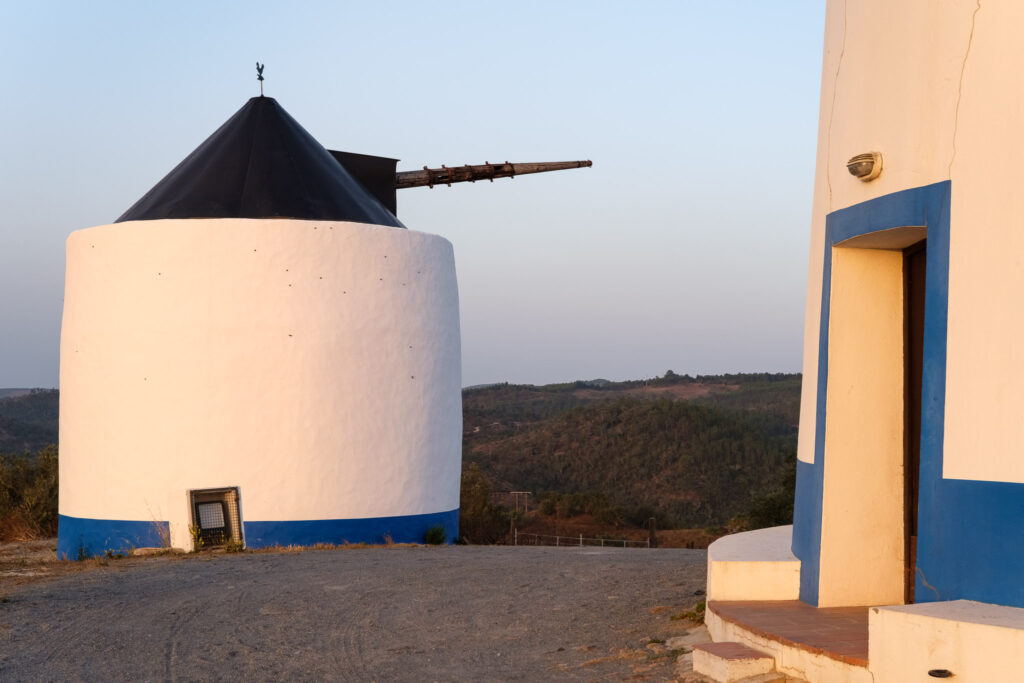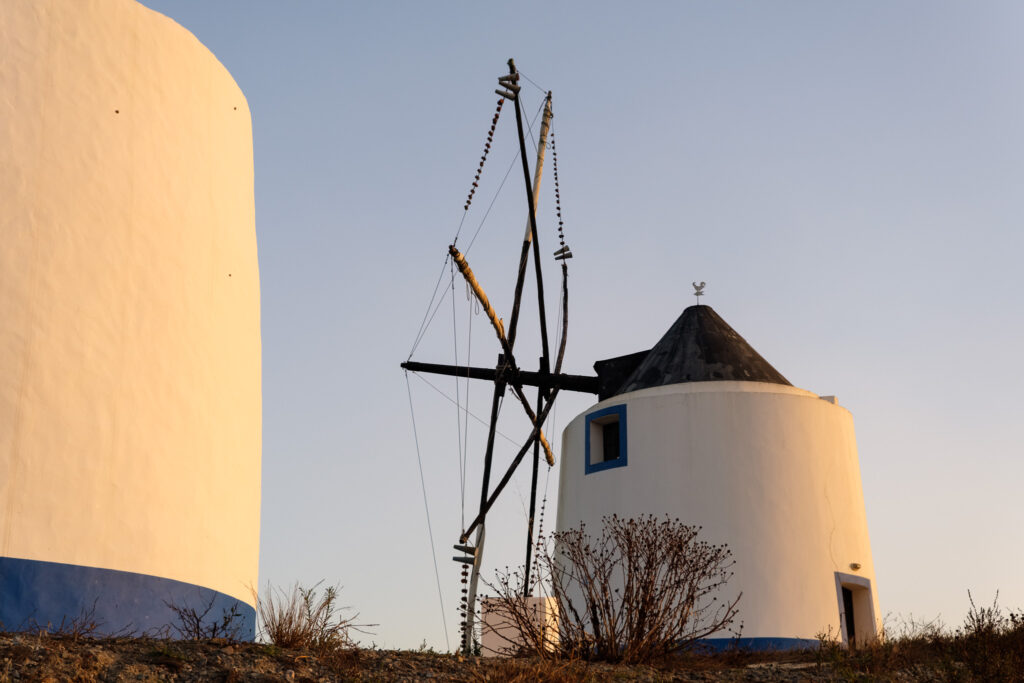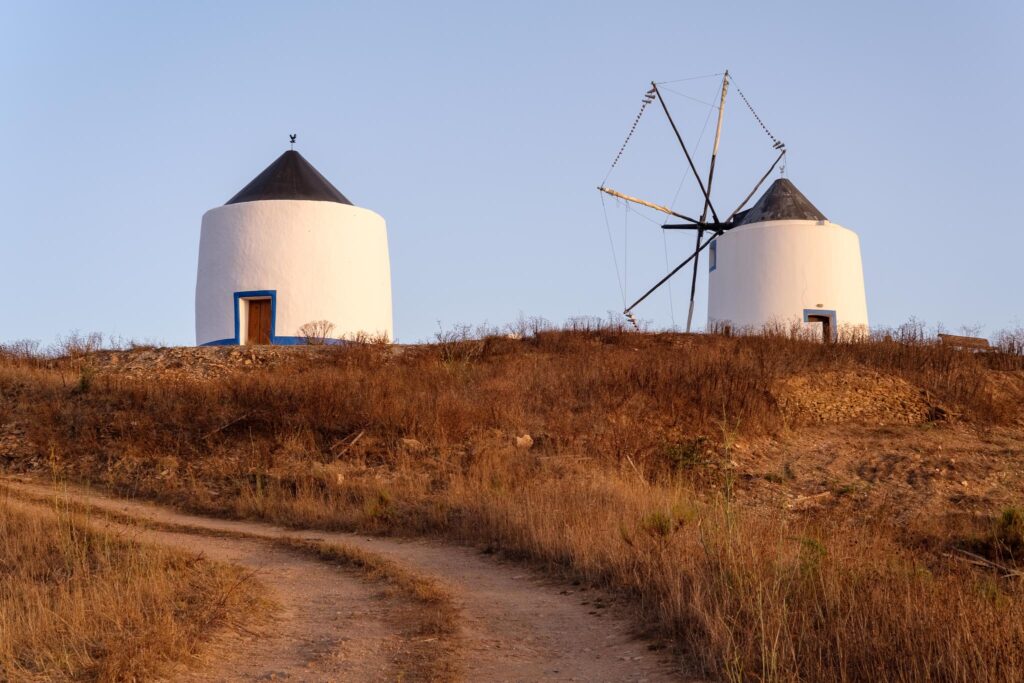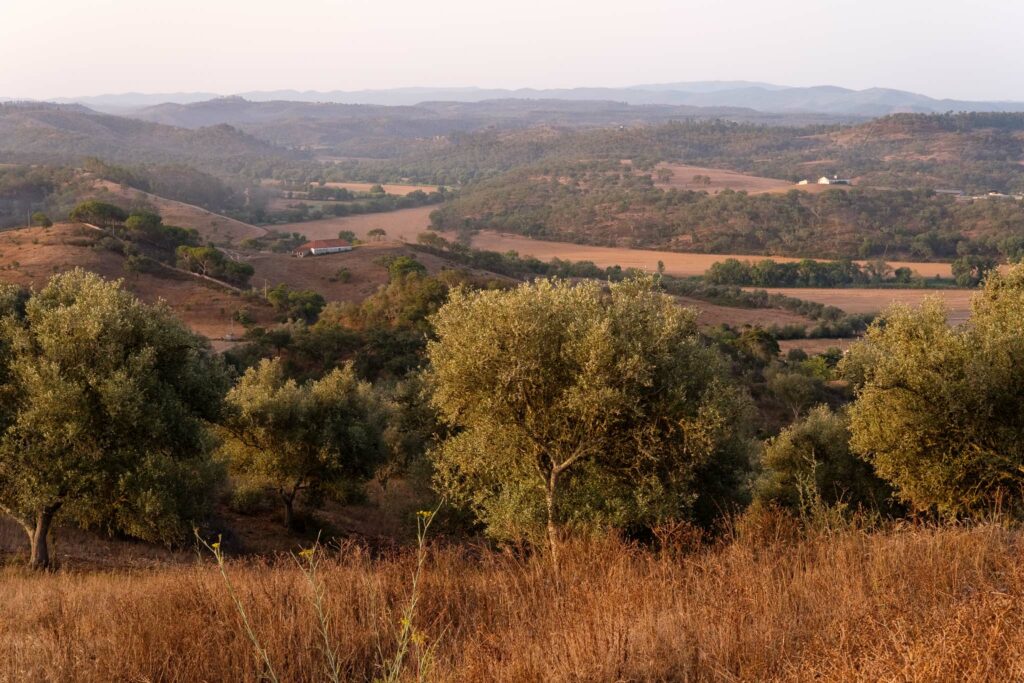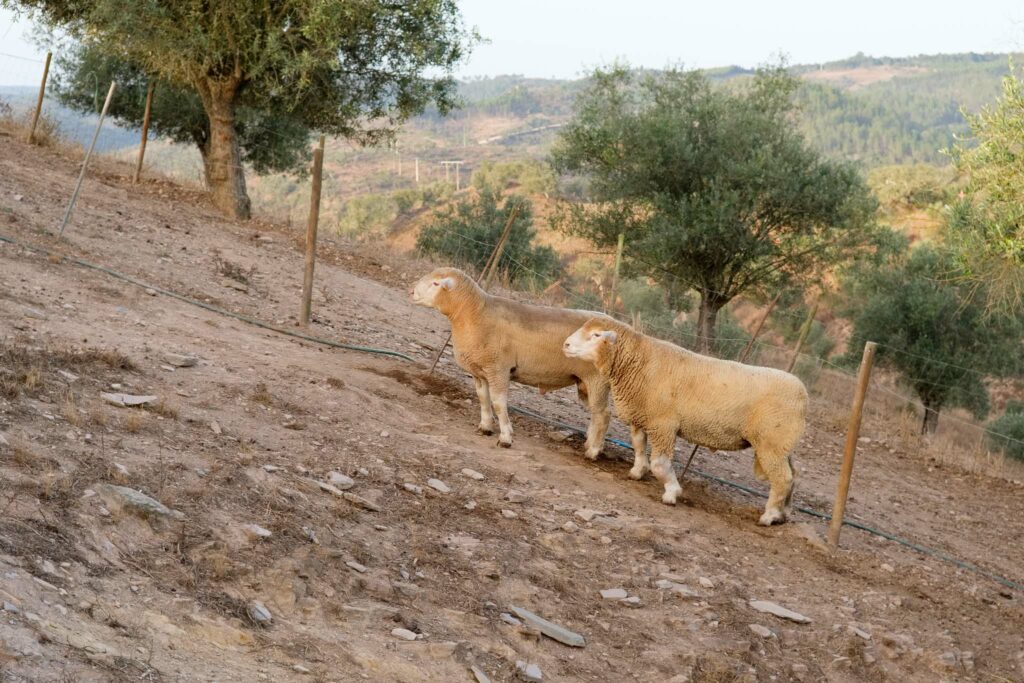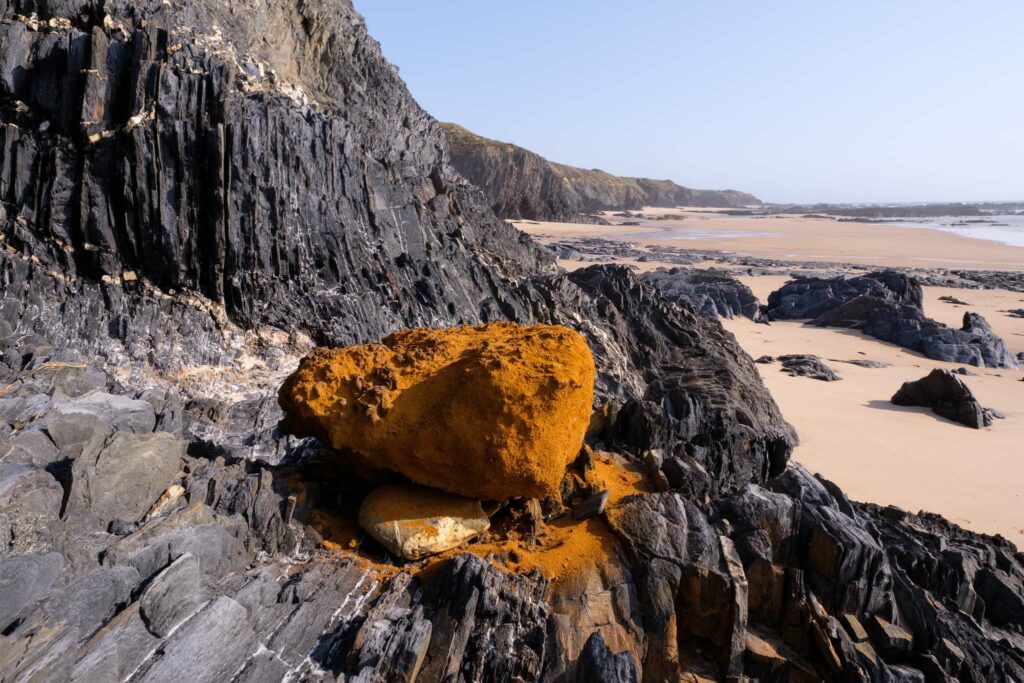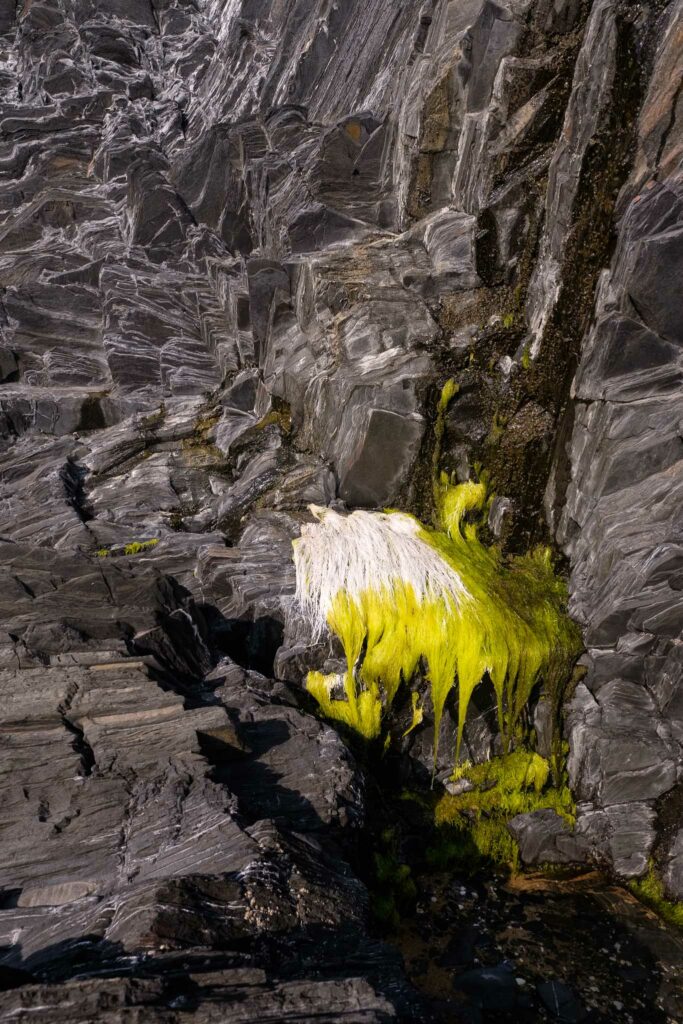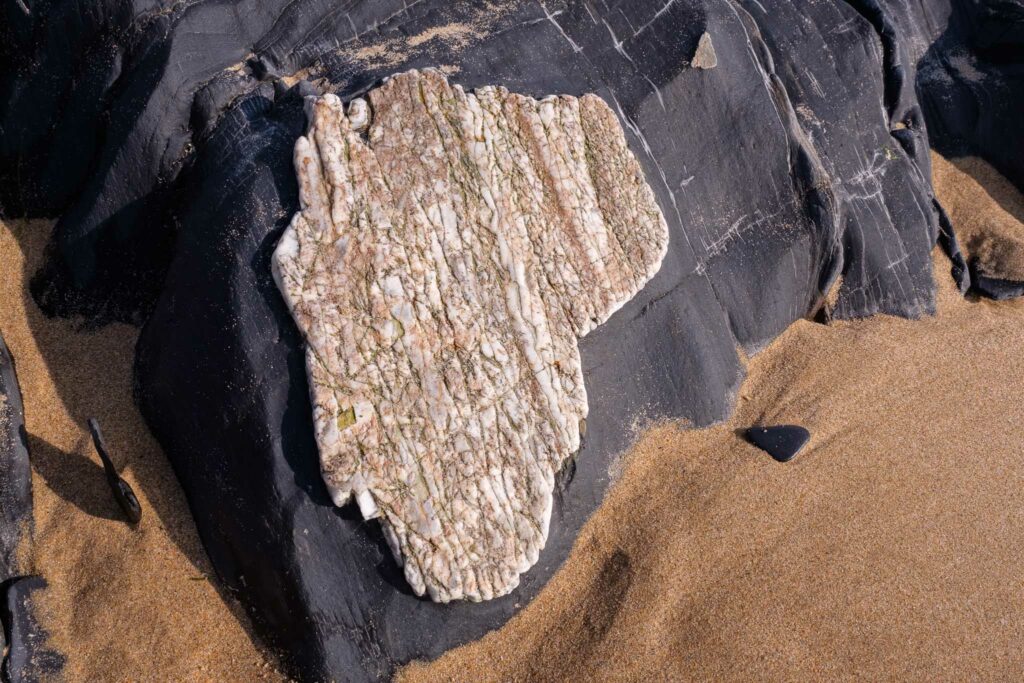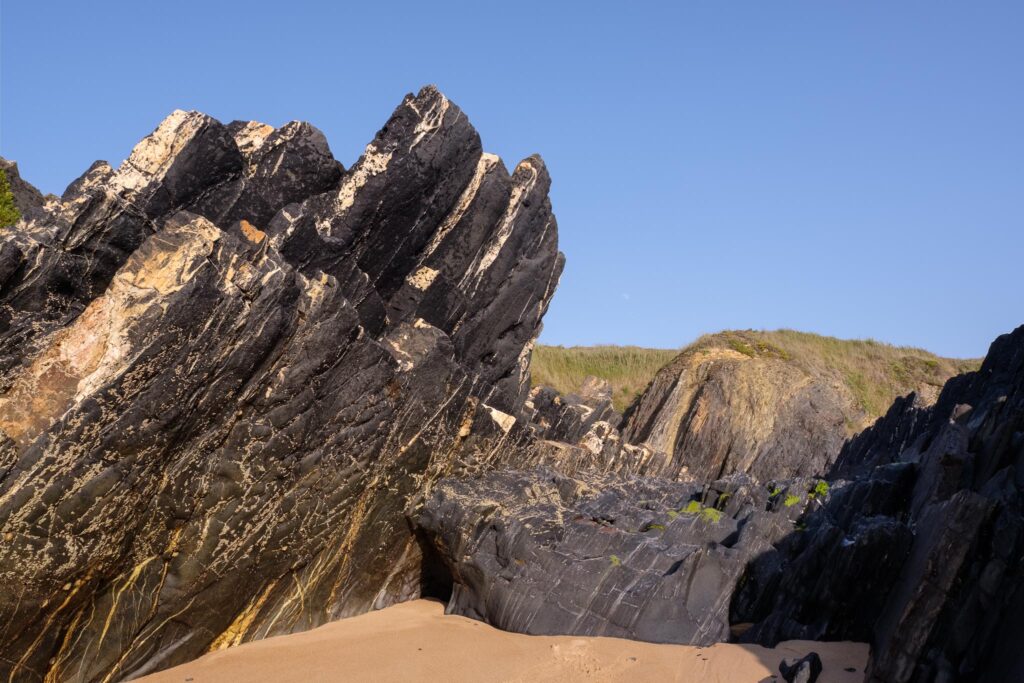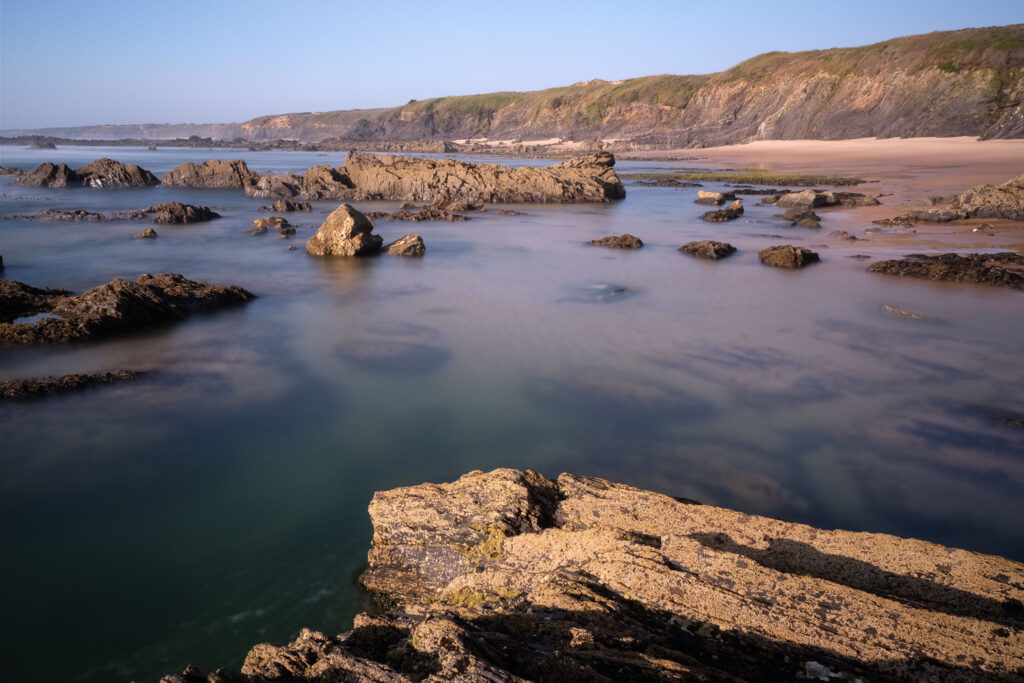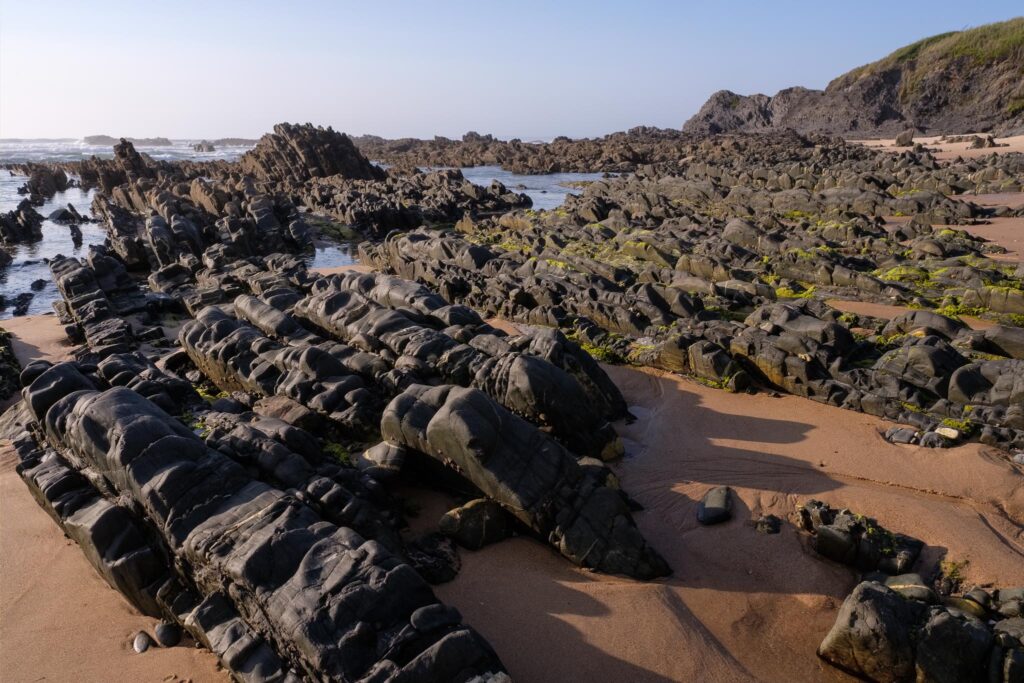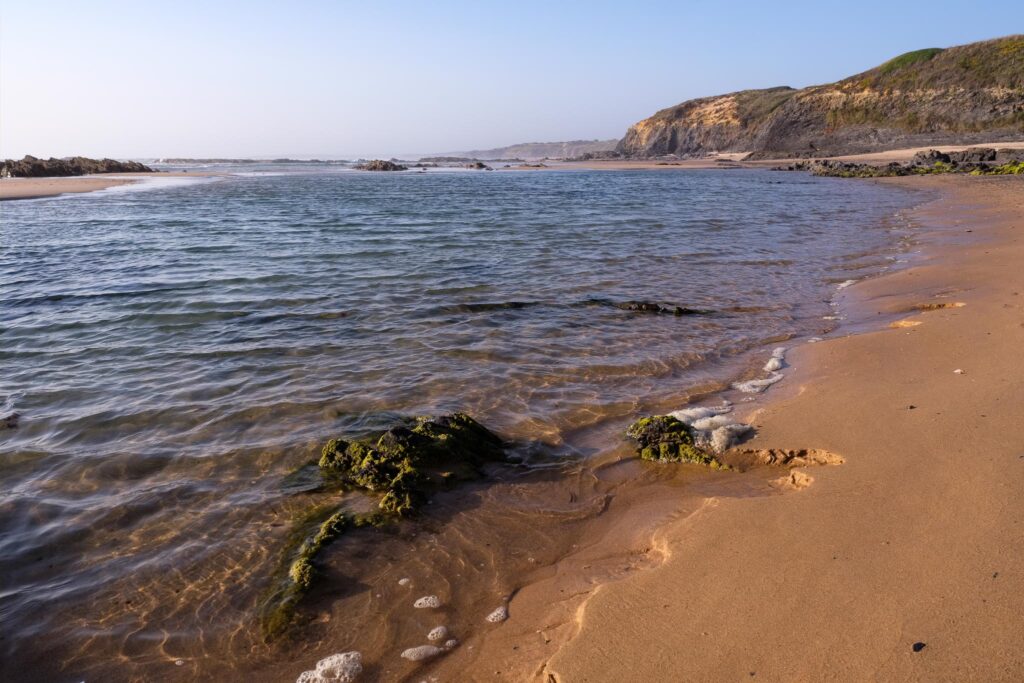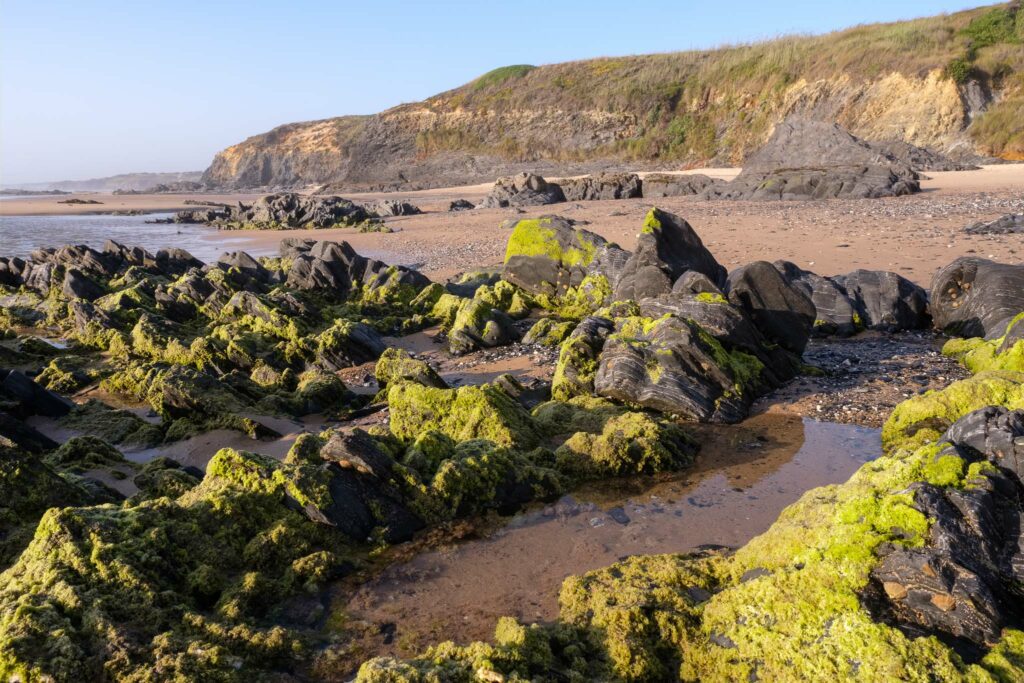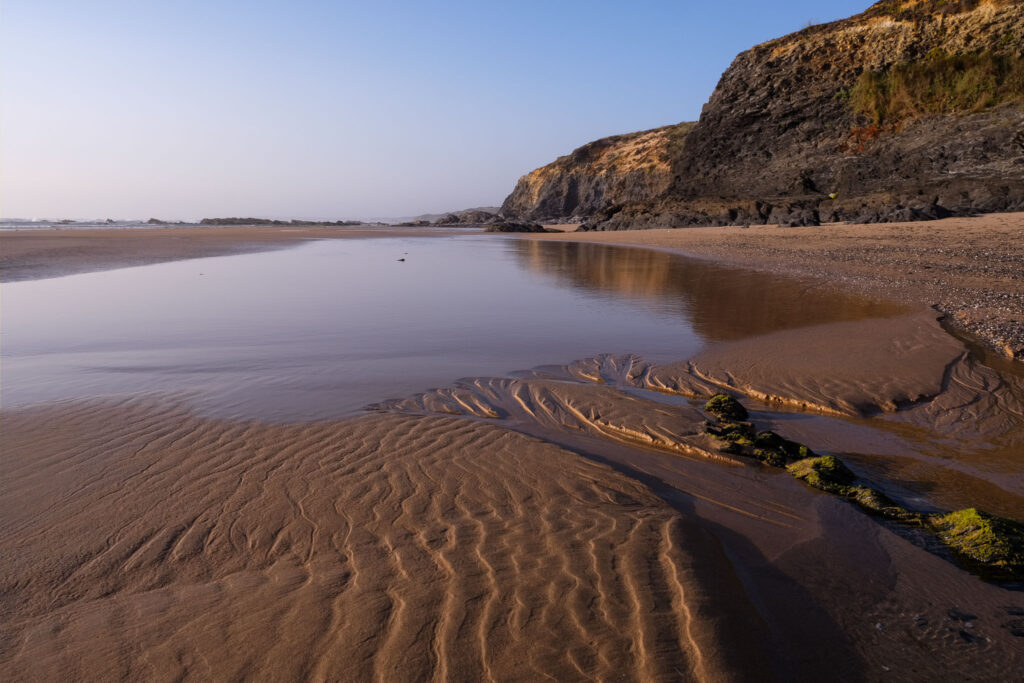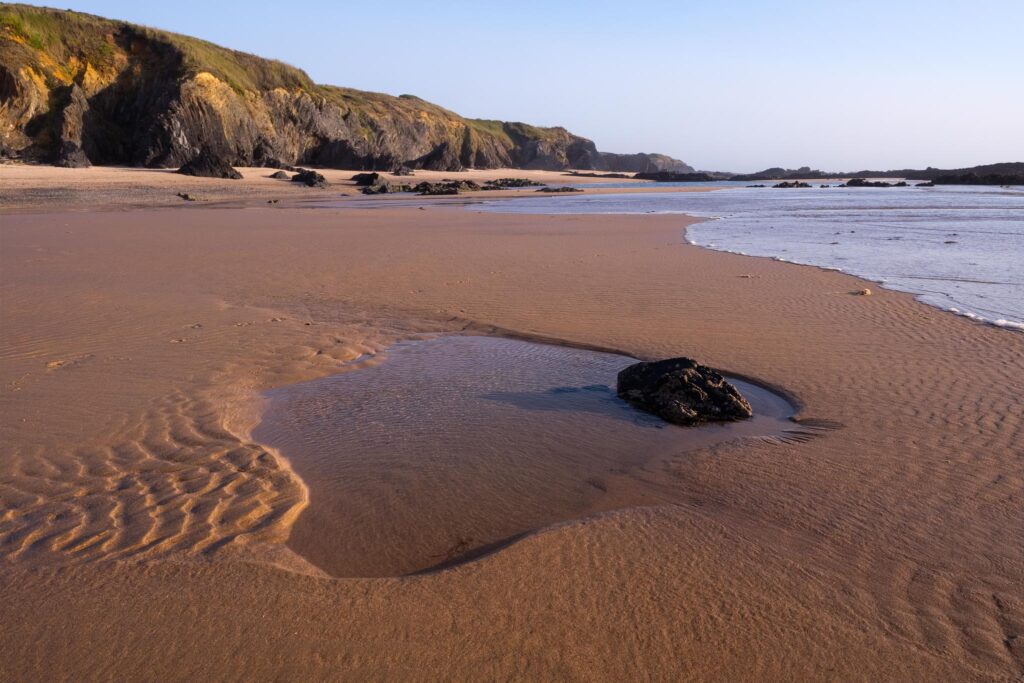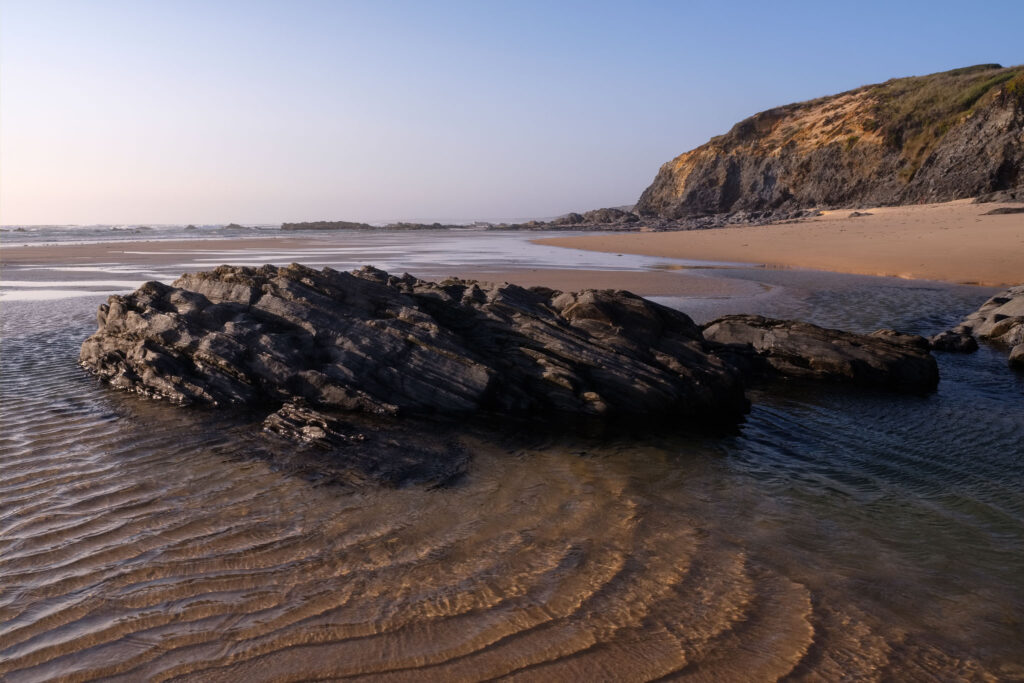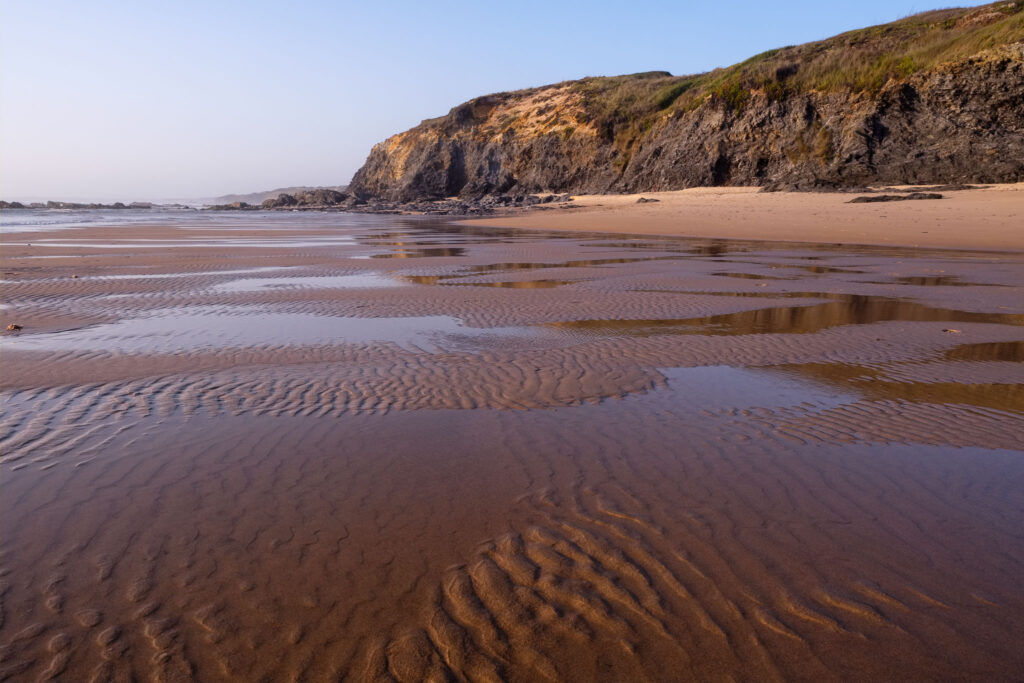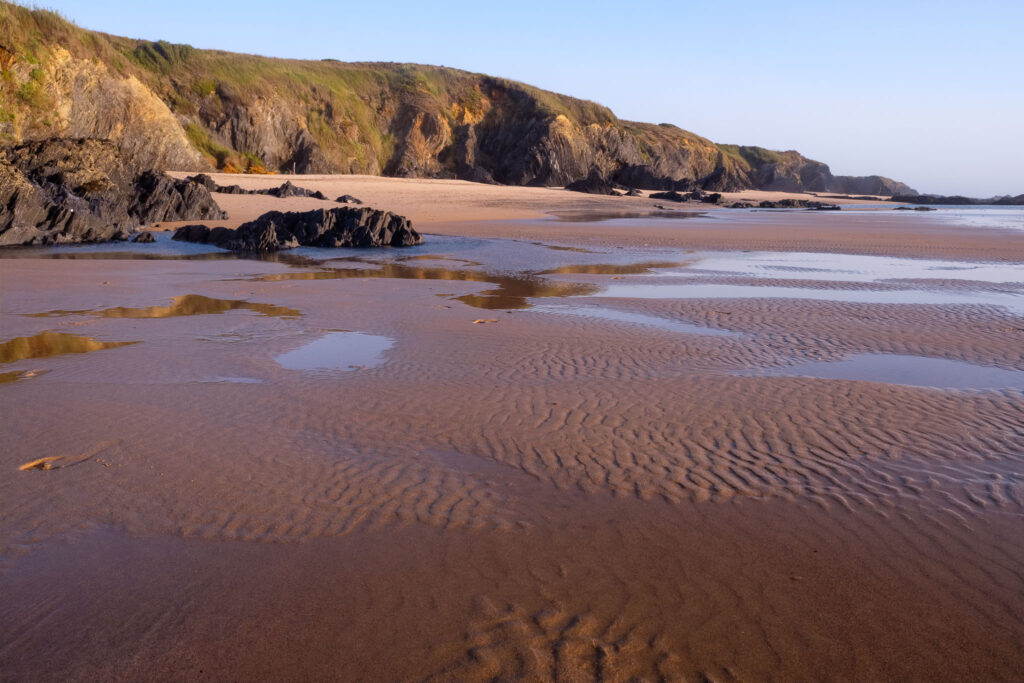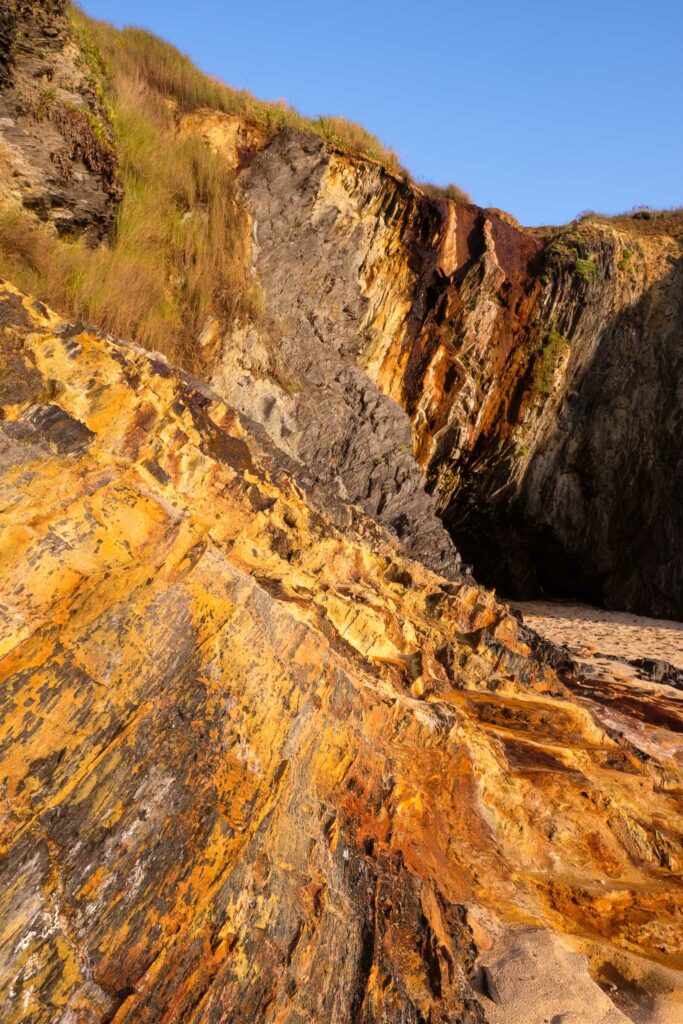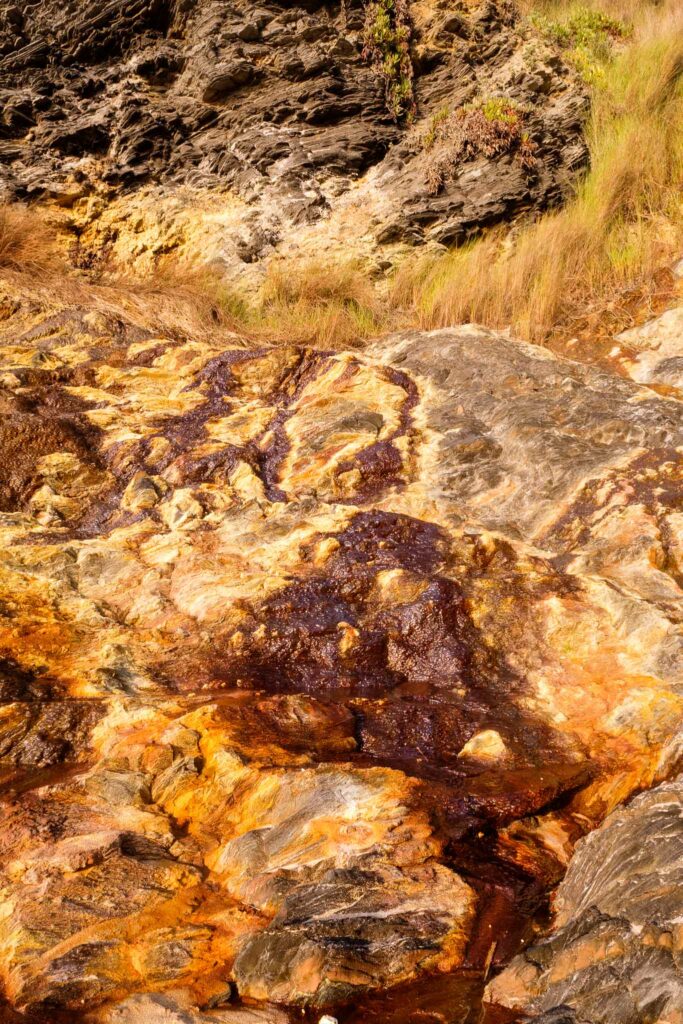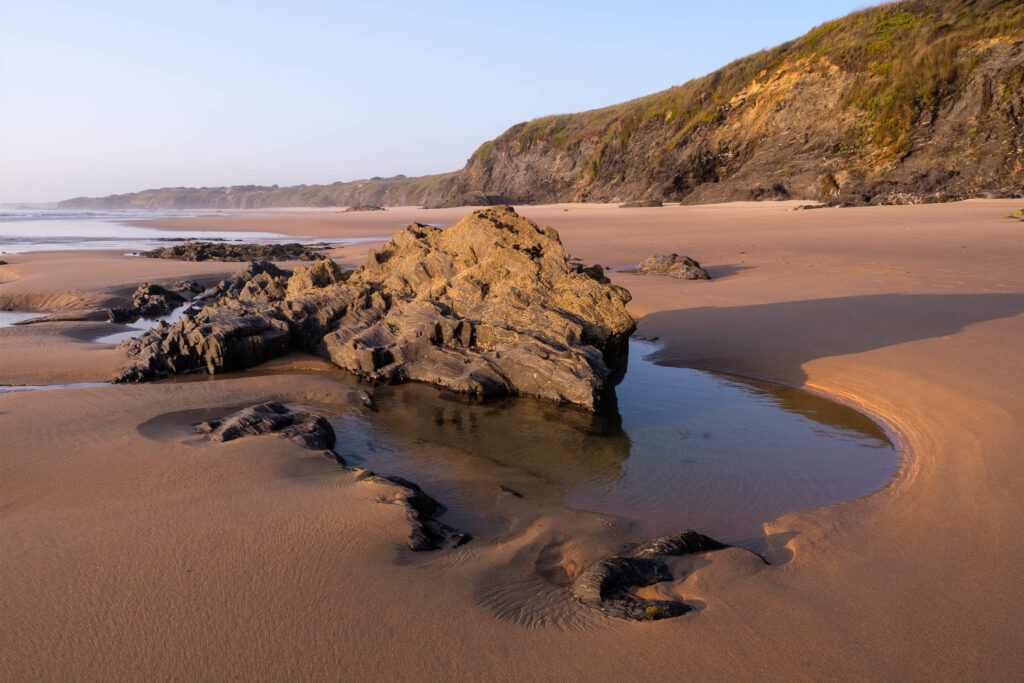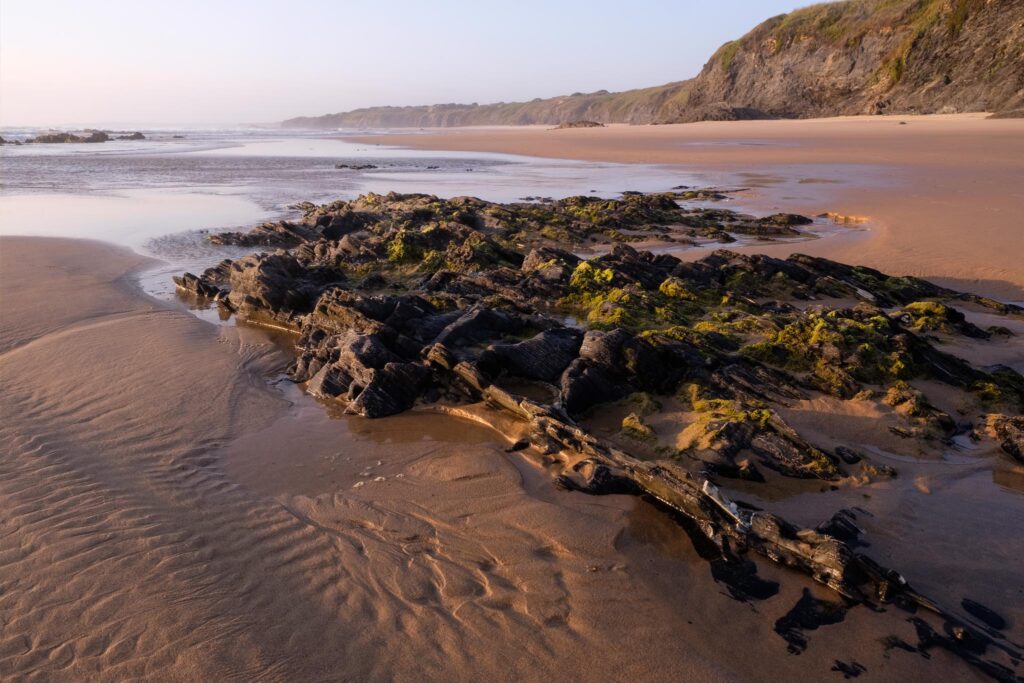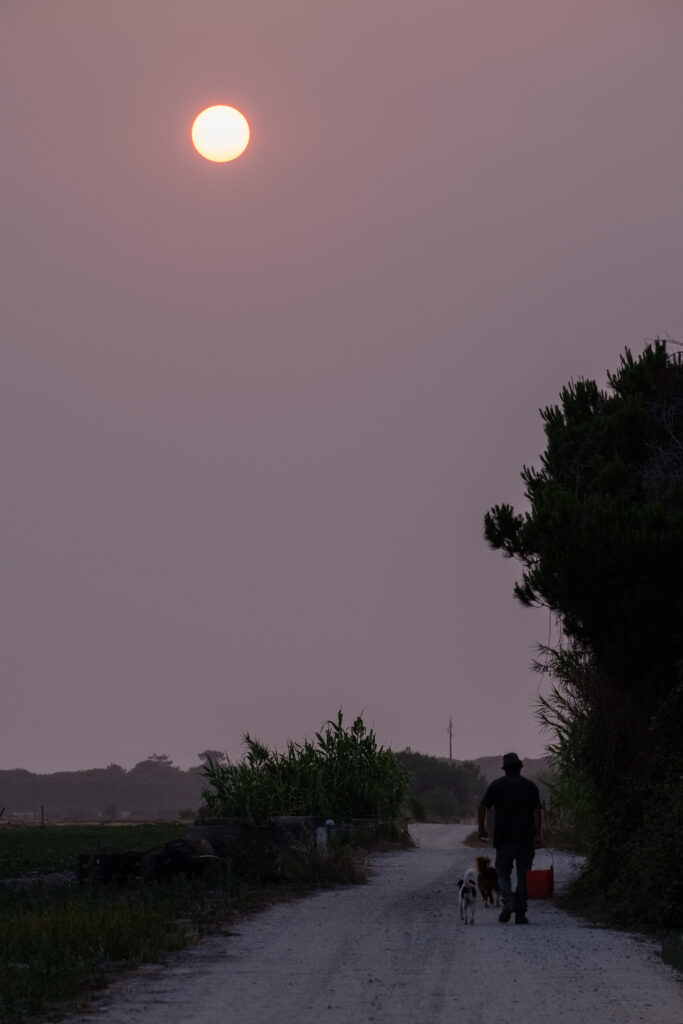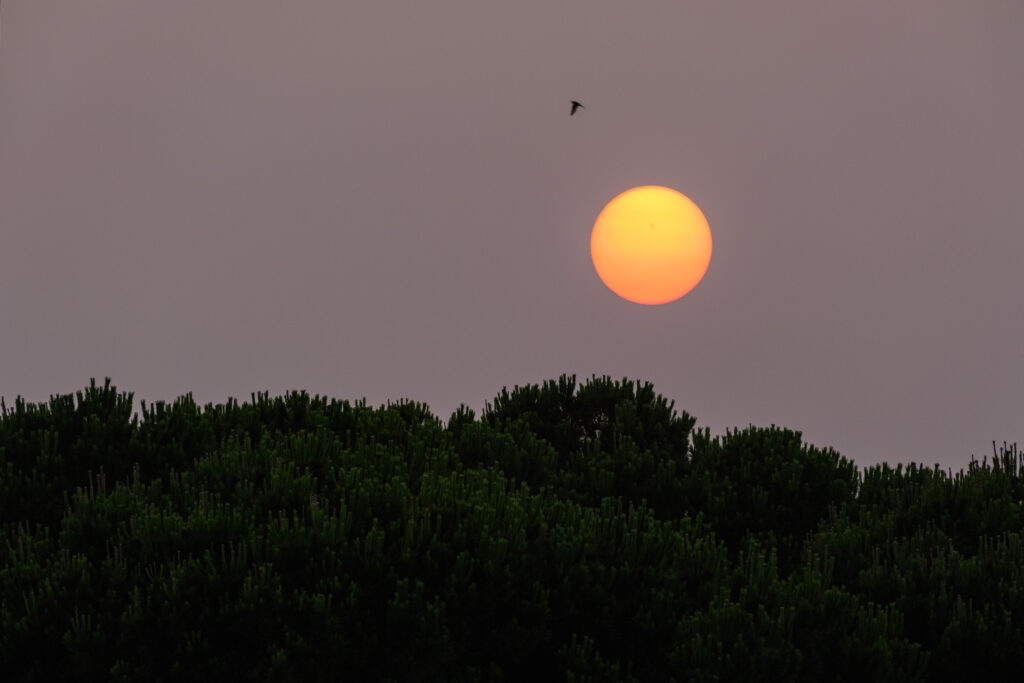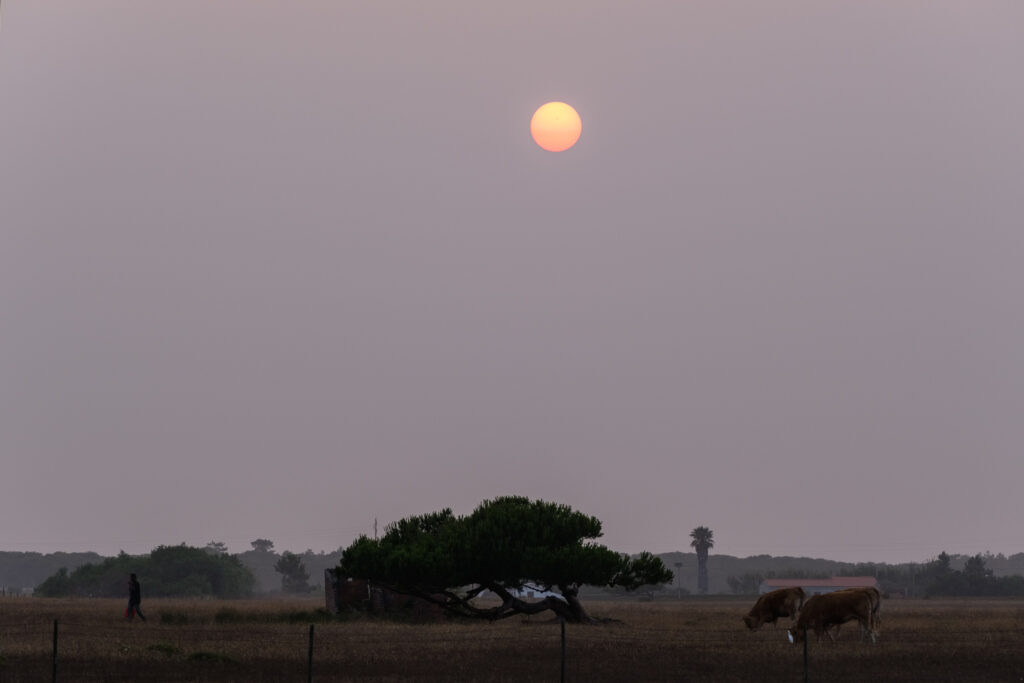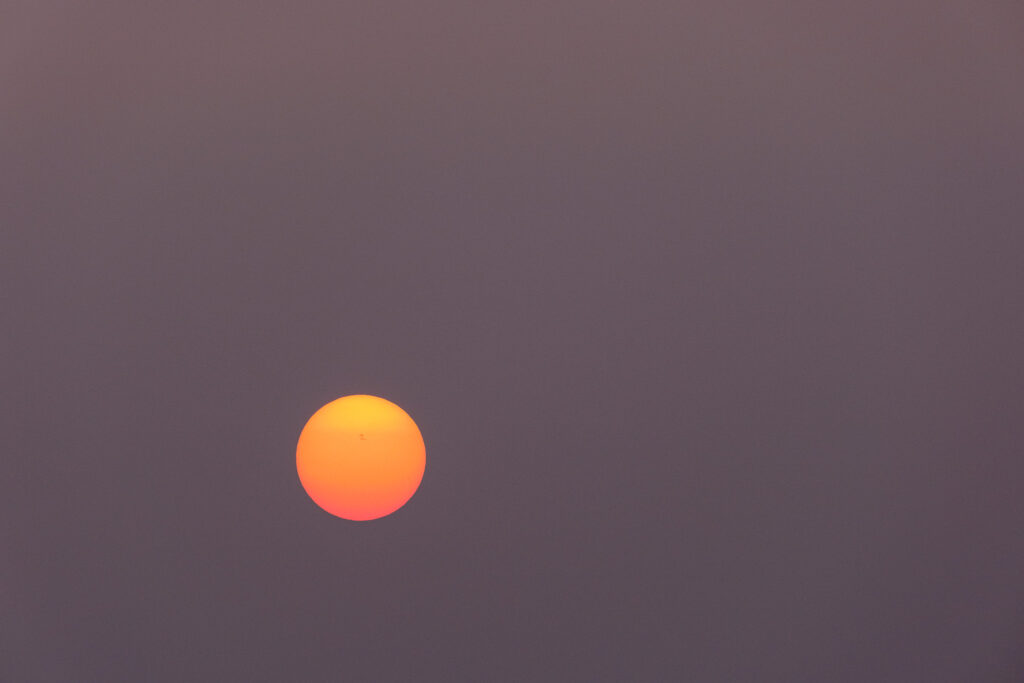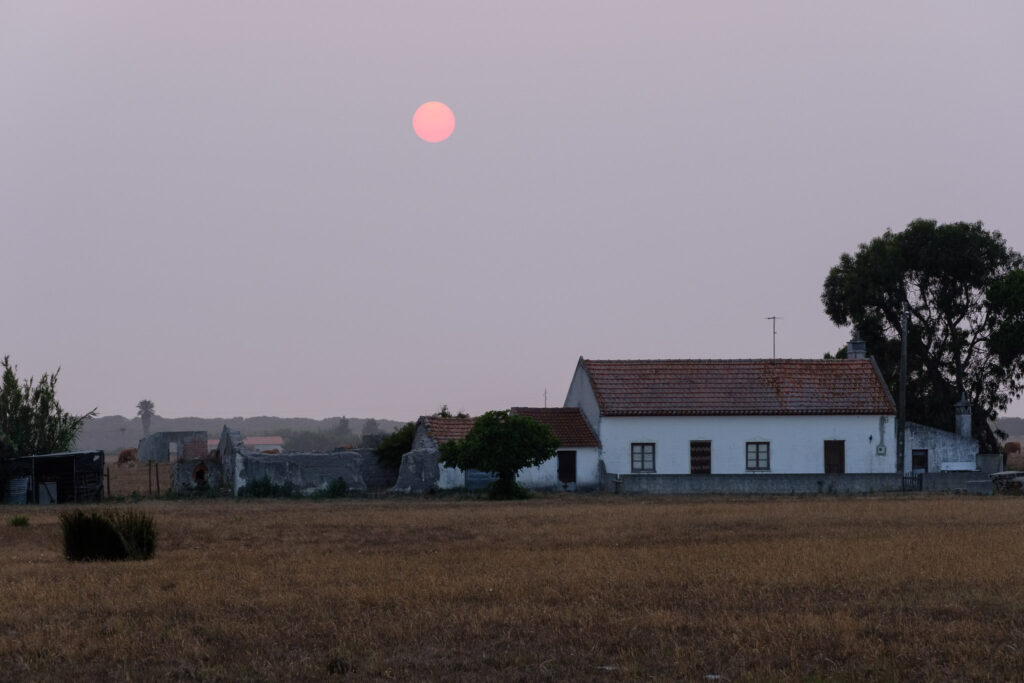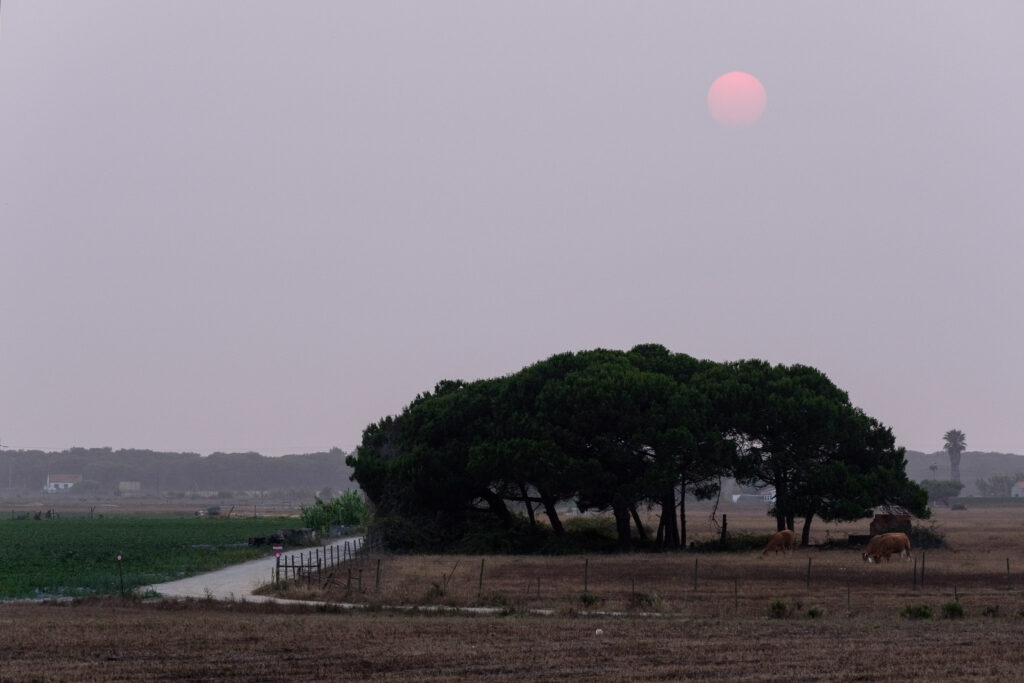Last week I had the opportunity to try this relatively recent lens (announced in July 2021) from Voigtlaender. You can find all the details about this lens here:
https://www.voigtlaender.de/lenses/x-mount/35-mm-11-2-nokton/?lang=en
The number of third – party lenses for Fujifilm’s X mount has been increasing in the last few years, and Voigtlaender has already introduced several of them, including this fast 35mm lens, which provides a standard/normal angle of view for the APSC format. As many other Voigtlaender lenses available for other mounts (e.g. VM for Leica M), this is actually made by Cosina. This is similar to other famous names in photographic lenses; for example, many Zeiss lenses are also made by Cosina (think Loxia for Sony E and ZM for Leica M). The bottom line is that all of them are manual focus only and made to very high standards.
To try out the lens, I mounted it on my Fujifilm X-T4 and went to one of my favourite places in Portugal’s SW coast, near Almograve and Cavaleiro villages. This is not a lens test, as I am no expert. I have simply used the lens under various circumstances, checking the results for aspects like bokeh, transition between in-focus and out-of-focus zones, flaring, contrast, colours, etc. Even though it is a very fast lens (f/1.2), it is quite small, thanks to the APSC format and lack of AF and IS motors. Regarding the details on how to manually focus the lens, all the assists in the X-T4 worked without problems; you can use magnification, split prism, microprism, and peak highlight. Given that my subjects were static, I was in not hurry, so I mostly used magnification.
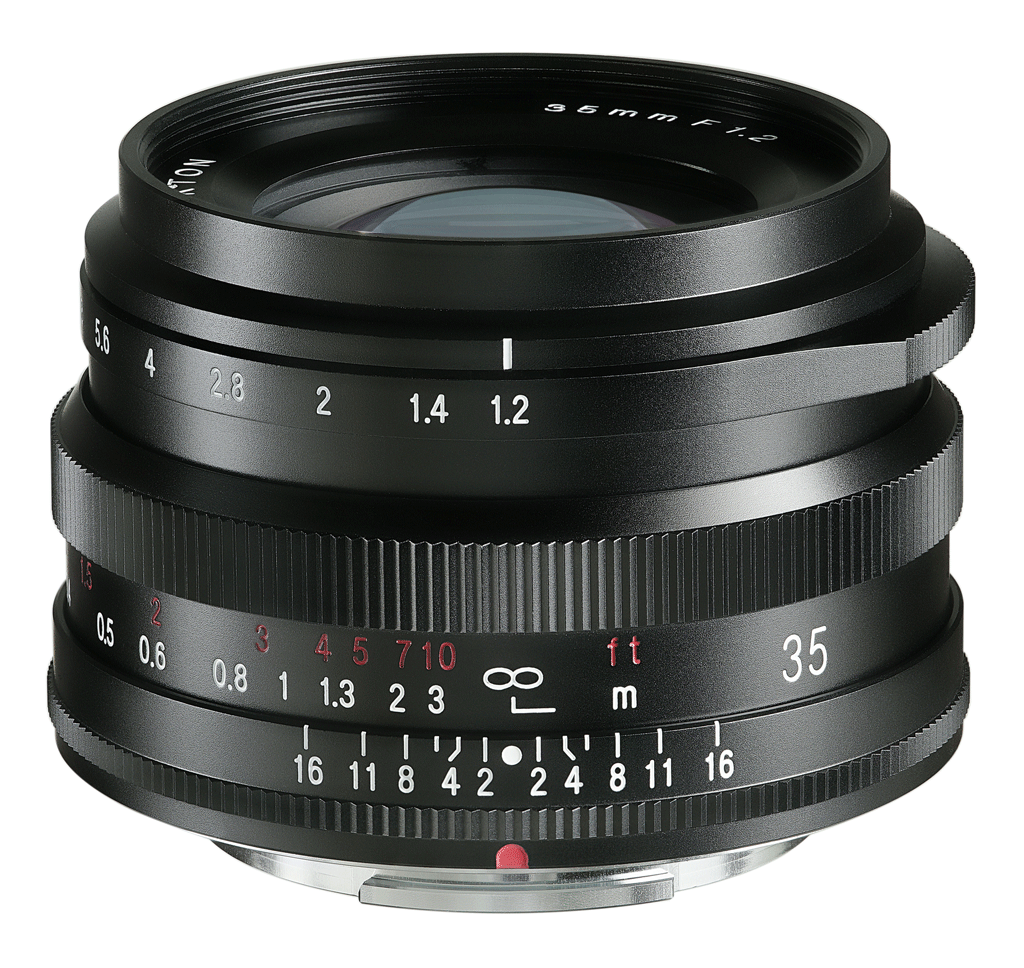
I have organized this article by topics, so lets start with the first one.
Bokeh and focus transition
From some of the comments and samples that I had researched prior to my experience with the lens, I already knew a few things about it. The photos I got confirmed that the lens, when used wide-open (say between f/1.2 – f/2), is not clinically sharp, and shows some “glow” around the edges of the focused subject. This combination delivers a unique look, which I think is adequate for portraits. I have seen this look in other lenses that I used before, like the Zeiss C Sonnar 50mm f/1,5 ZM and the Canon EF 50mm f/1.2. Basically, the optical aberrations of the lens are under-corrected when used wide-open and near wide-open. As the aperture is stopped down, this “glow” effect goes away and sharpness increases. It is almost like you get two lenses in one.
I have shot Raw and processed the files via two steps: the first one was using Iridient to convert RAF to DNG, and then using Lightroom (LR) on those (I have an old LR version that does not recognize the Raf files from my cameras). Processing in LR is my usual one, starting with Provia “film choice”, followed by simple adjustments to the basic parameters. I really like the rich but natural colours from the lens, plus the excellent contrast.
Below we can the first example I shot, a marker of the Fishermen’s Trail in the Vicentina Route, near Cabo Sardão. Timing was the onset of the golden hour before sunset. This is a focus distance that might represents a close portrait; the background shrub is very close to the wood marker. It is also worth mentioning that the aperture features a 12-bladed diaphragm, and that as we stop down, its shape becomes well defined. I like the transition between the focused and non-focused areas.
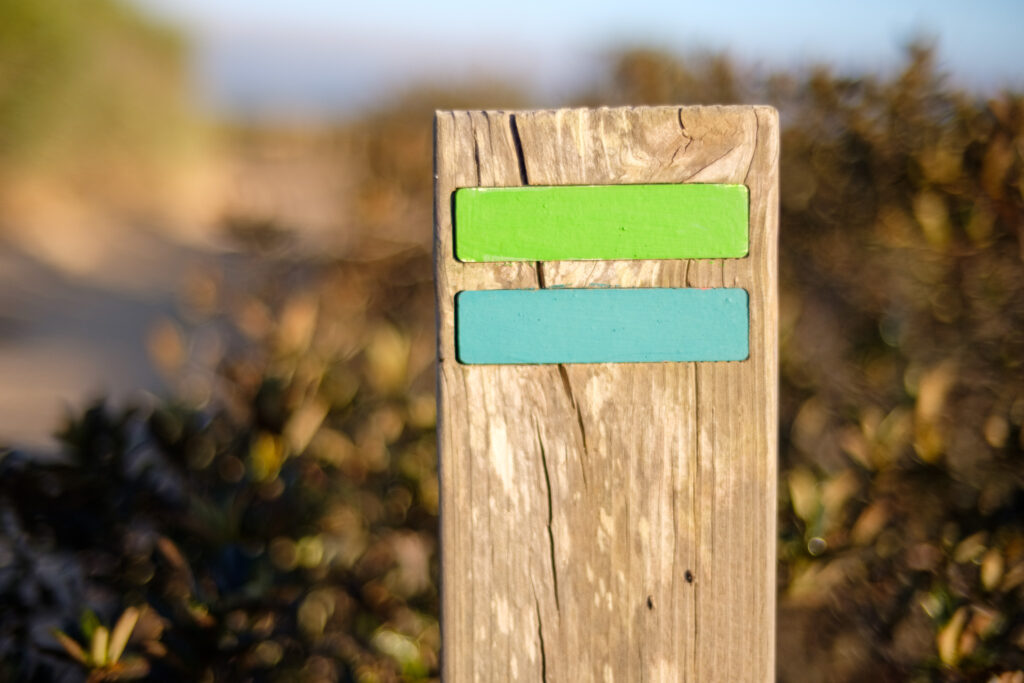
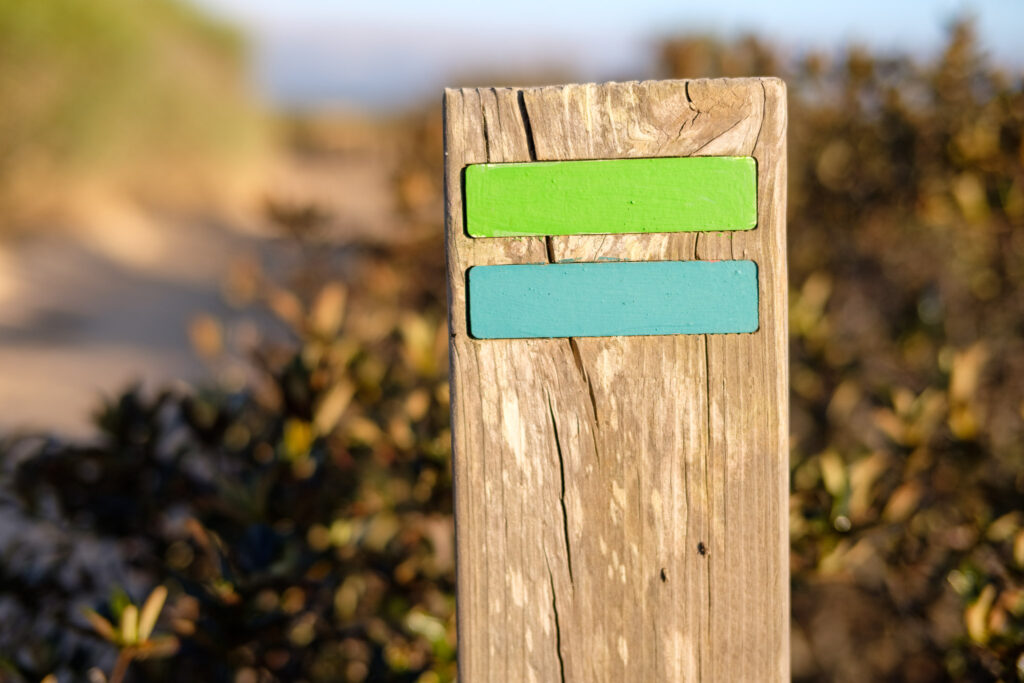
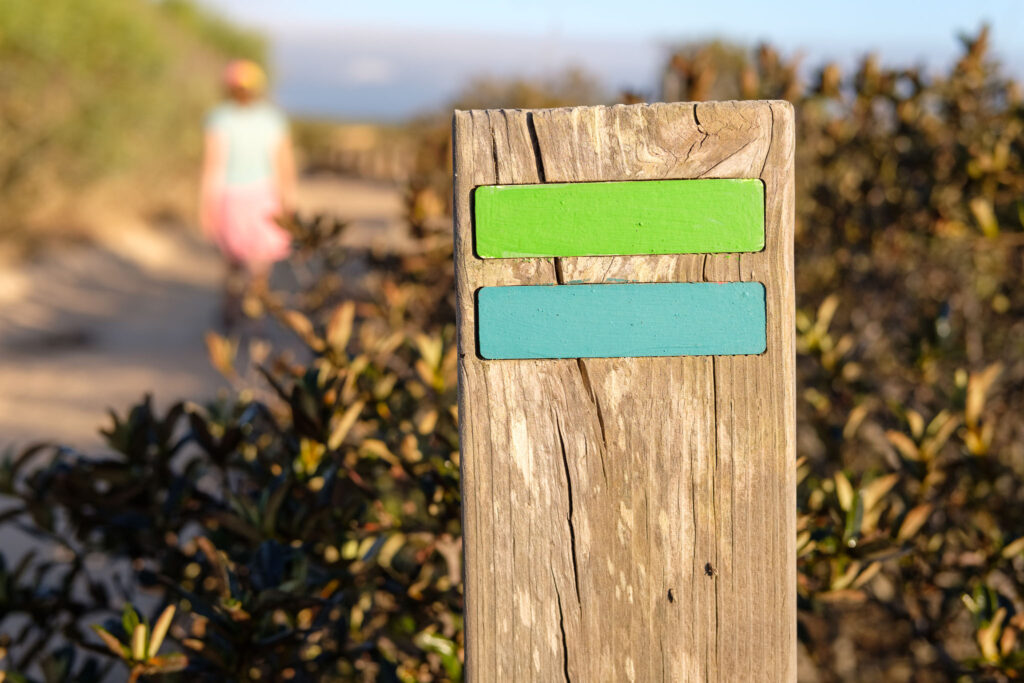
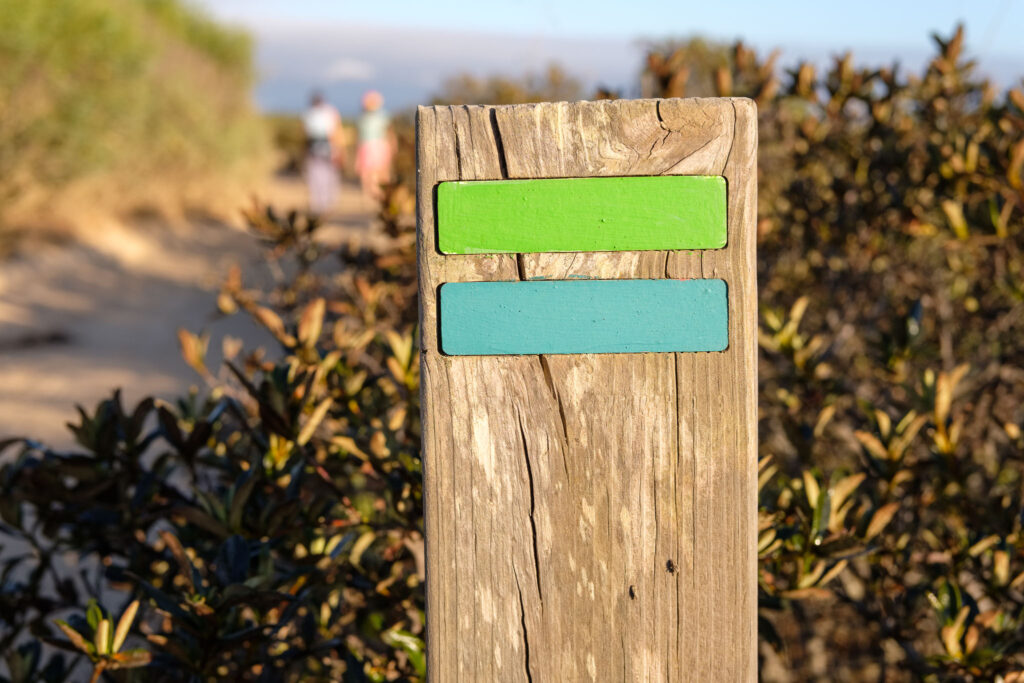
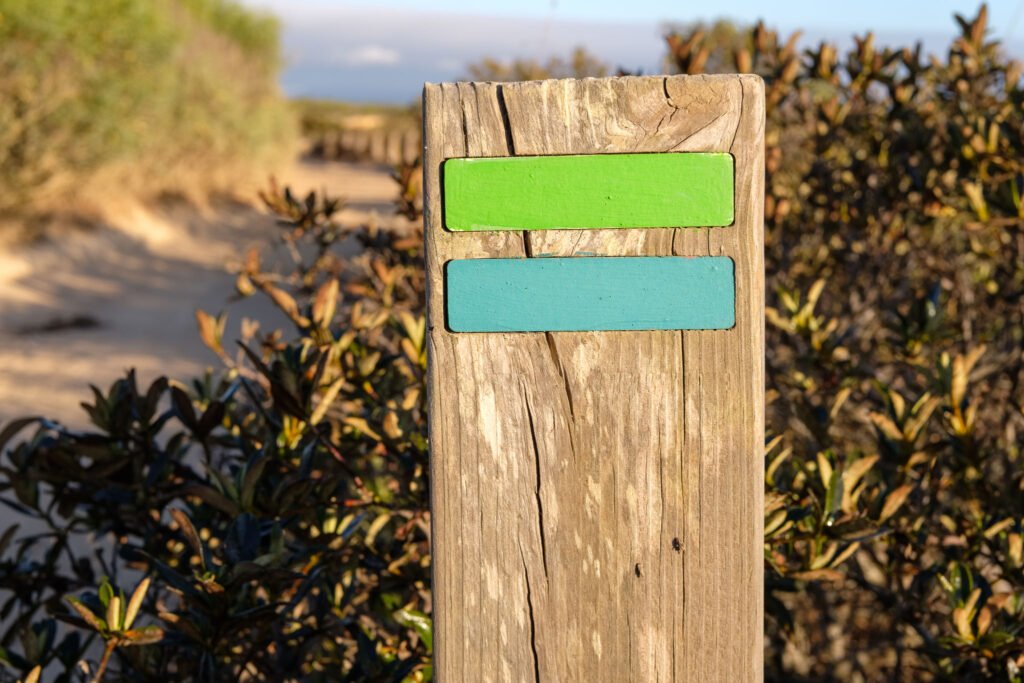
The second scene features a football pitch in the foreground and the Cabo Sardão lighthouse in the background. I have focused on the letters in the bench, which were around 2 or 3 m away from my position. It could represent a half-body to full body portrait, for example.
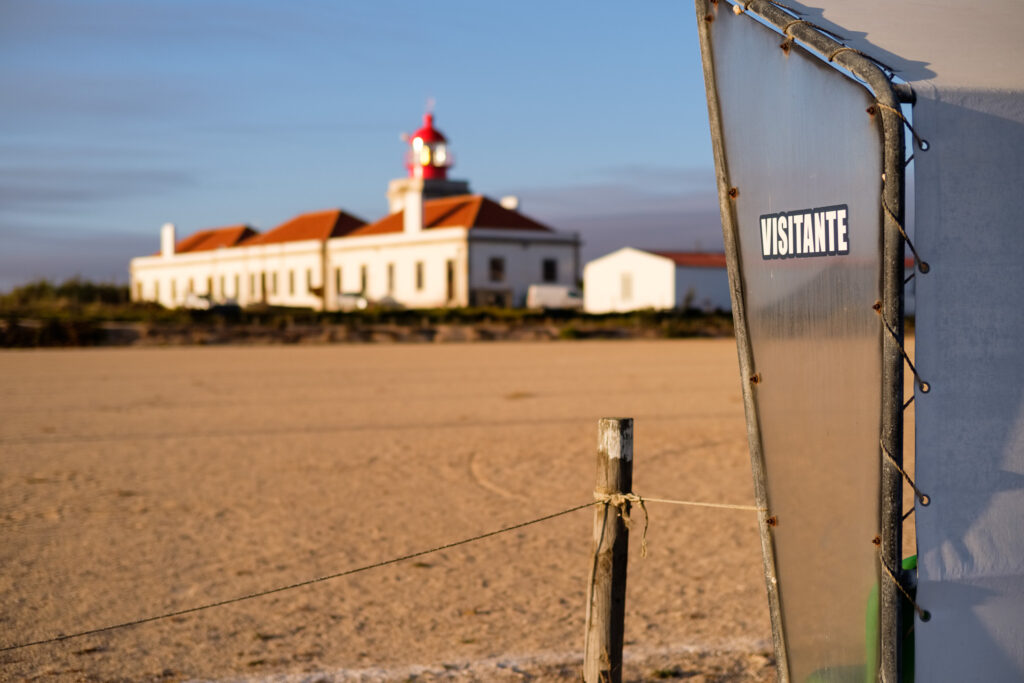
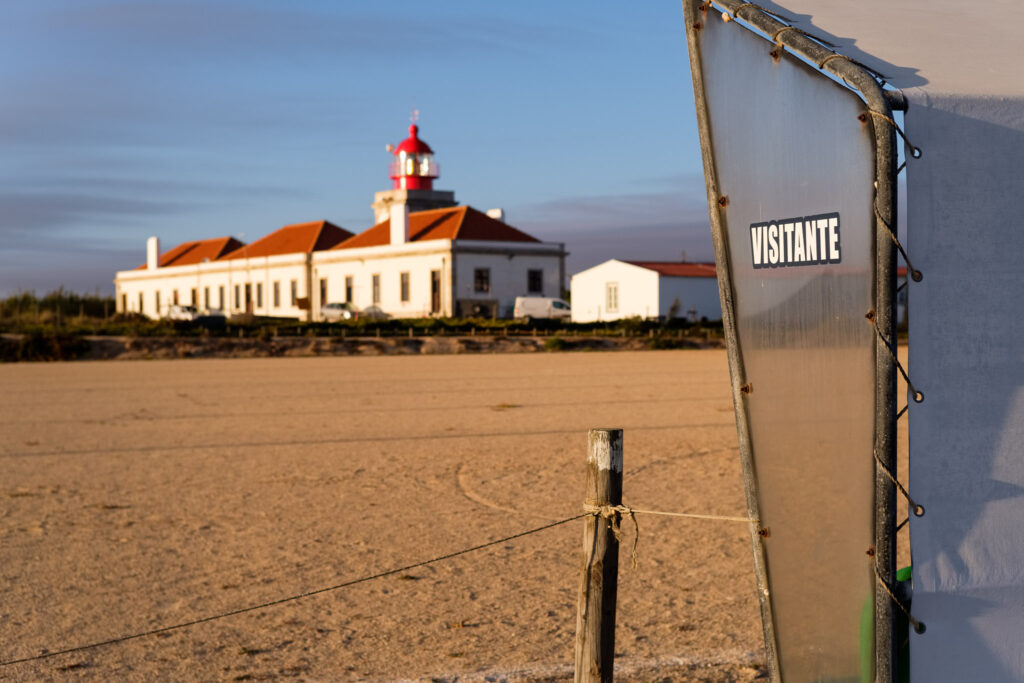
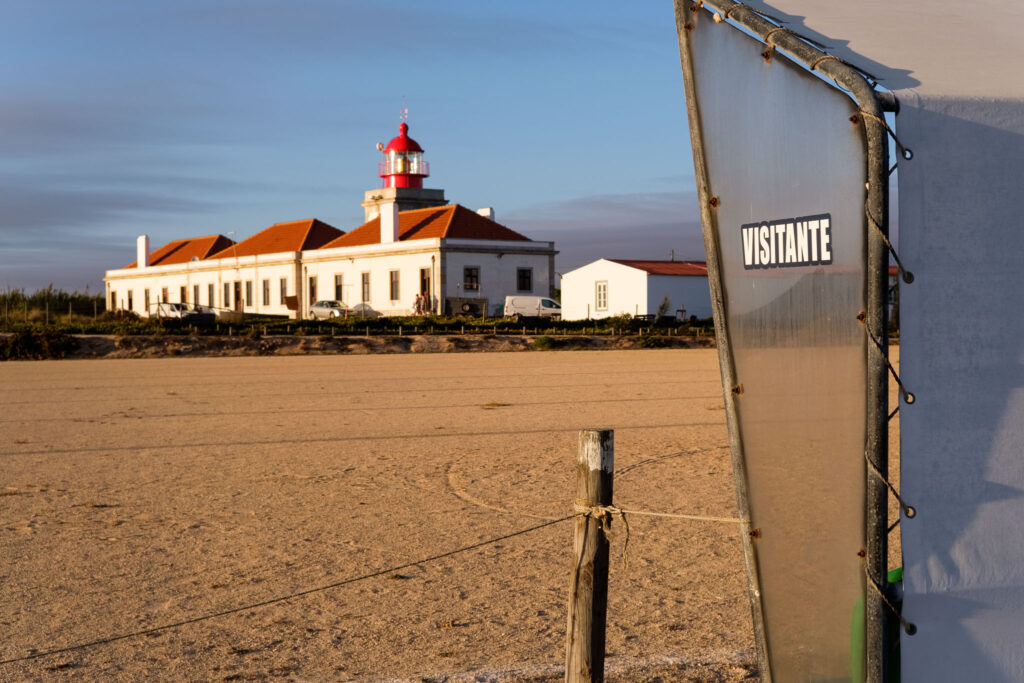
Finally, my third scene was shot in the coastal dunes near Almograve, at sunrise. I chose the nice flowers blooming around. What we see is the lens behaving similarly to the scenes above.
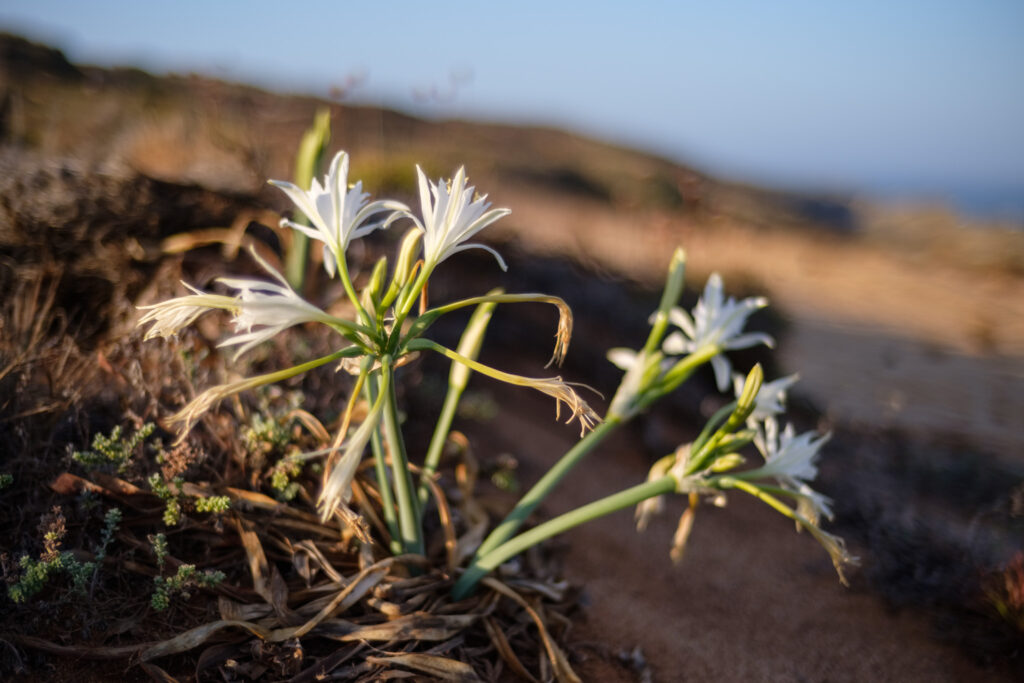
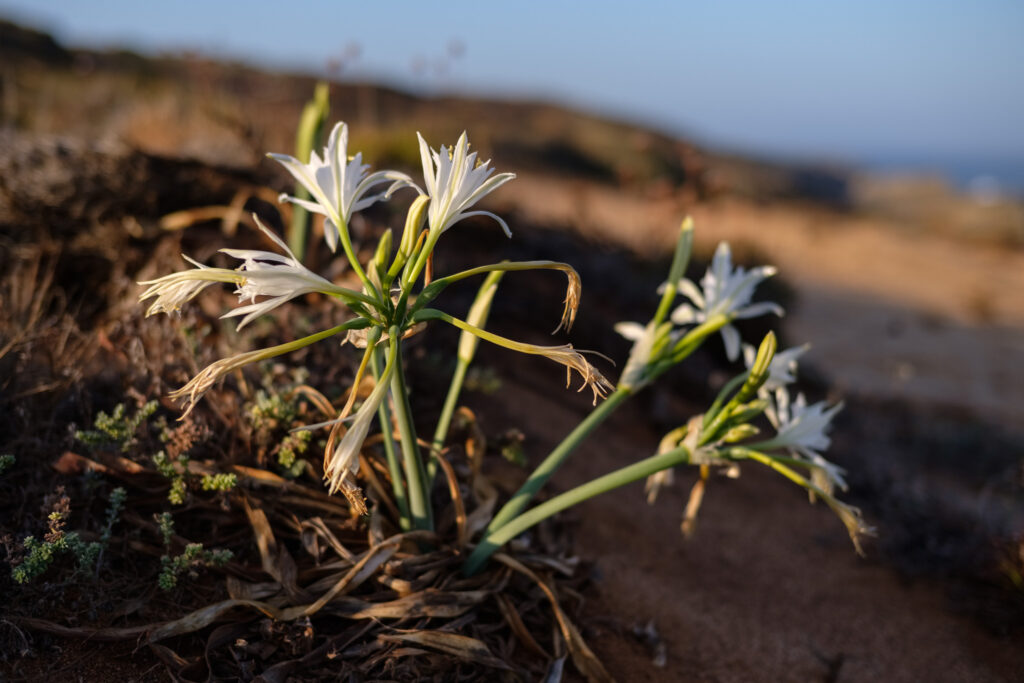
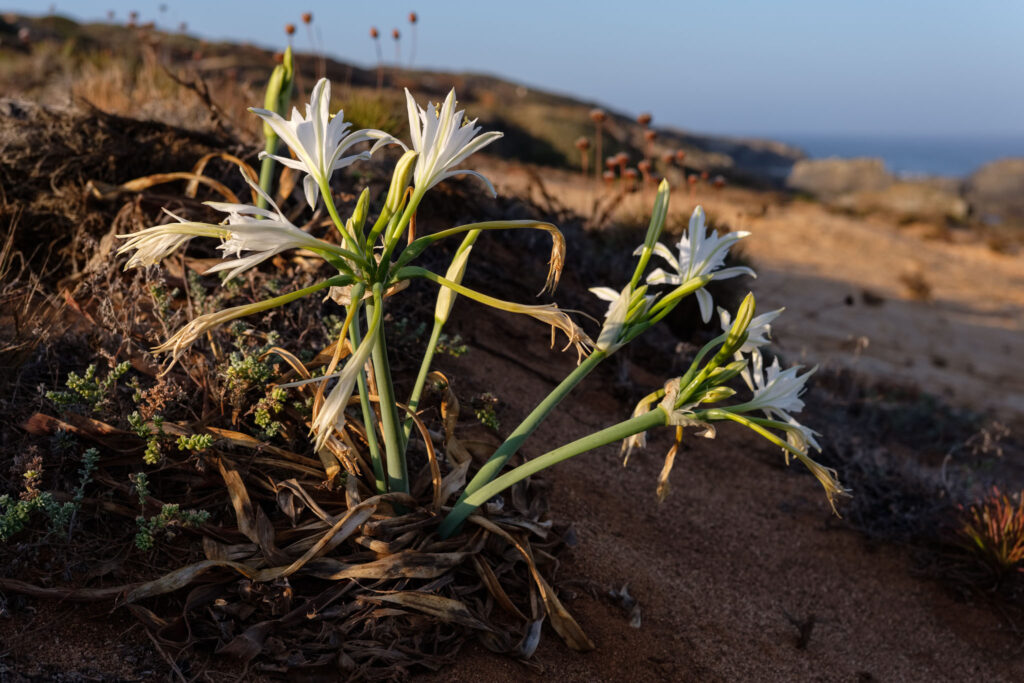
The second aspect I want to mention is flare. Given the lens is under-corrected by design (when used wide-open, and I think similar to what Cosina does with their “Classic” line of VM lenses), I was actually expecting a worse result than the one I obtained.
Flare
I used the same area with the flowers as above, and shot against the rising sun. One photo with the sun in the upper left corner, almost outside of the frame; and another photo with the sun right in the frame, shining directly on the lens. In both cases I see that the flower is still clear, with no loss of contrast. This is a very good result, and I will have no issues with shooting against the sun. It is important to mention that flare depends on how clean the lens (or filter) is; any particle of dust or any smudge will increase the likelihood of inducing lens flare. I had the lens hood mounted as well. This would be a good time to mention that I saw no chromatic aberrations also, which is good.
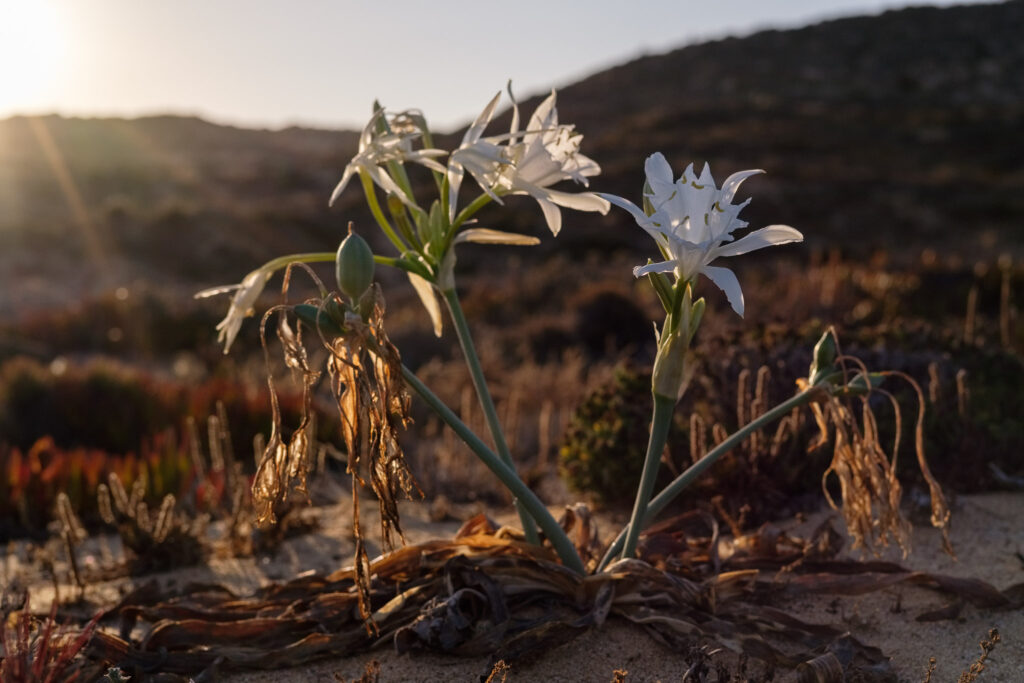
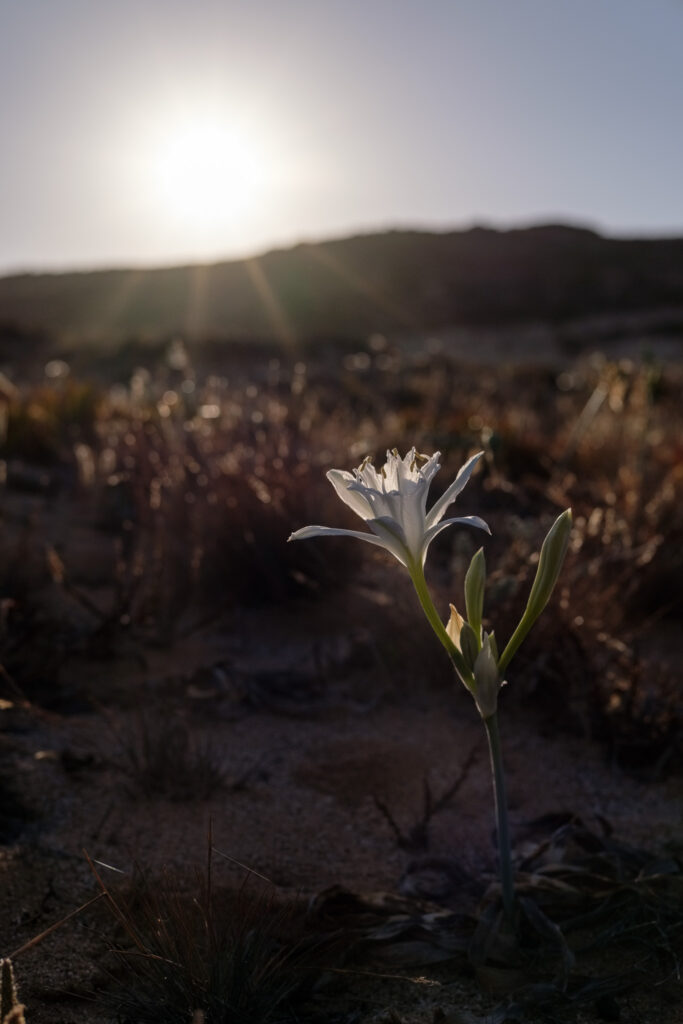
The third characteristic of the lens I wanted to check is its capability of producing nice sun stars. For that, I went to Odemira for a very early photo session.
Sun stars
Below are two examples shot at f/8 in Odemira, where very nice stars can be seen on the street lamps.
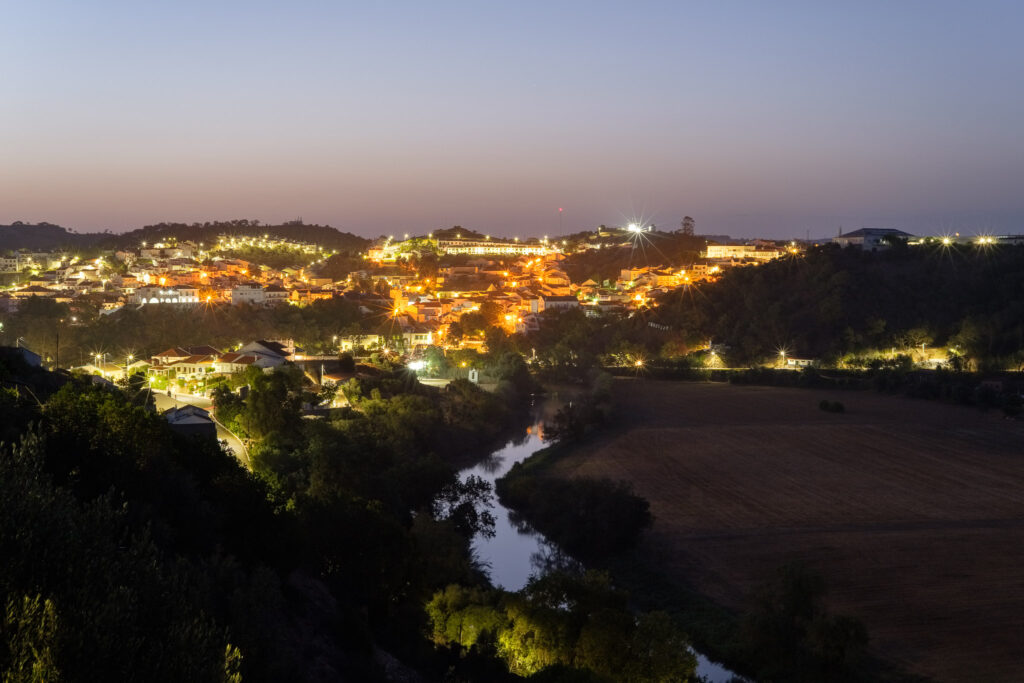
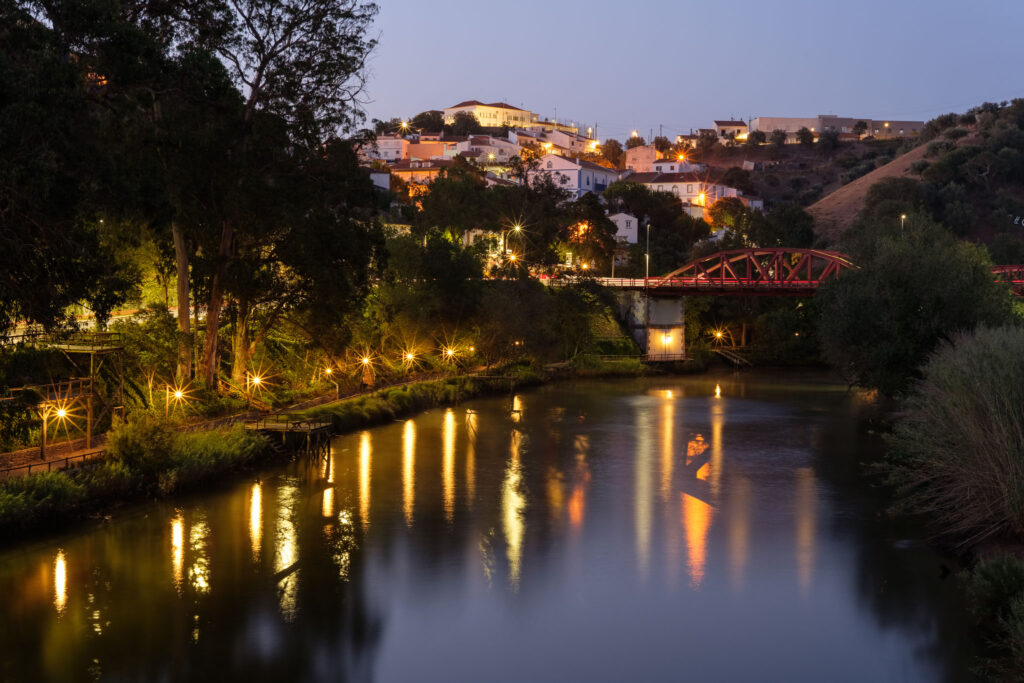
Finally, I leave you with a few more image samples taken during my time with this lens. In conclusion, for my typical use cases, I find this lens to be excellent: small, light, robust, easy to use, and with very high (and unique in some aspects) image quality. I do not mind that wide open the lens shows “glow” and less than razor sharpness, because when I take portraits, I am not after forensic detail. For landscapes and general photography, at f/2.8 and above, the lens provides more “modern look” results. One of the things I enjoyed when I was using the Sony E system several years ago was the Zeiss Loxia range of lenses; they were small and very high quality too. I am glad to see that Cosina/Voigtlaender are investing on a similar approach for Fujifilm X. And I hope they release a nice wide-angle landscape lens next.
